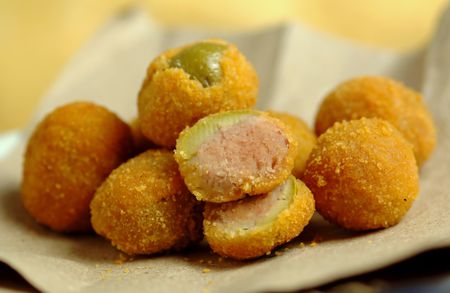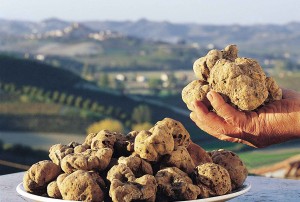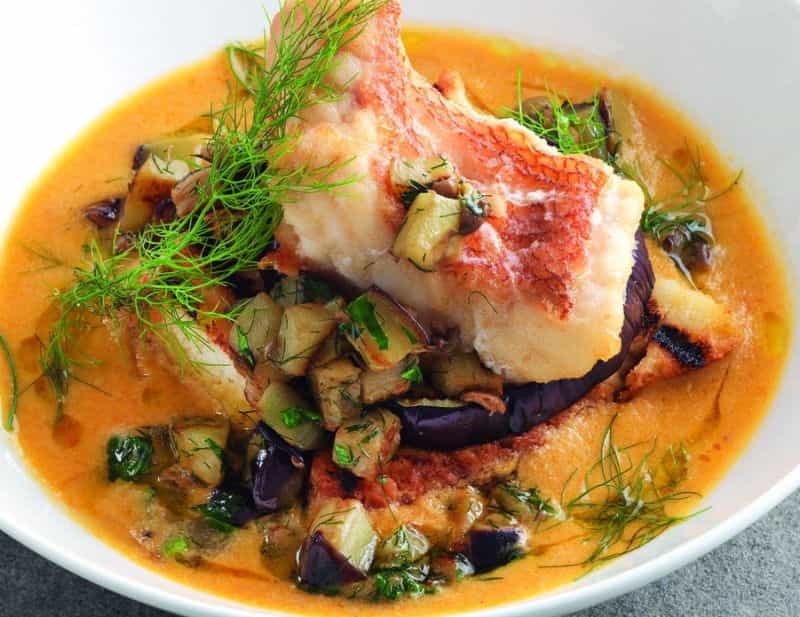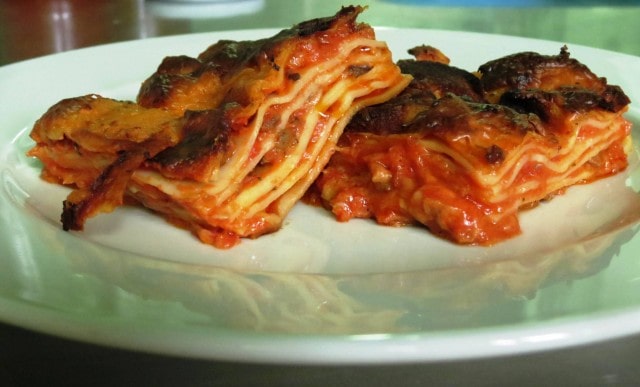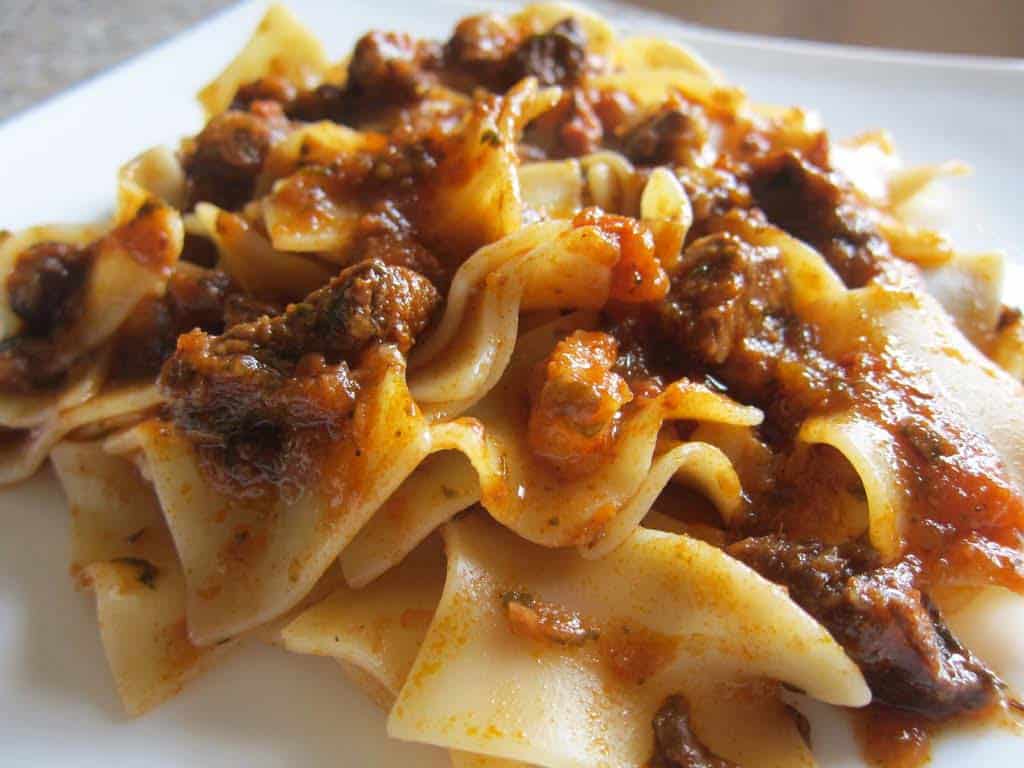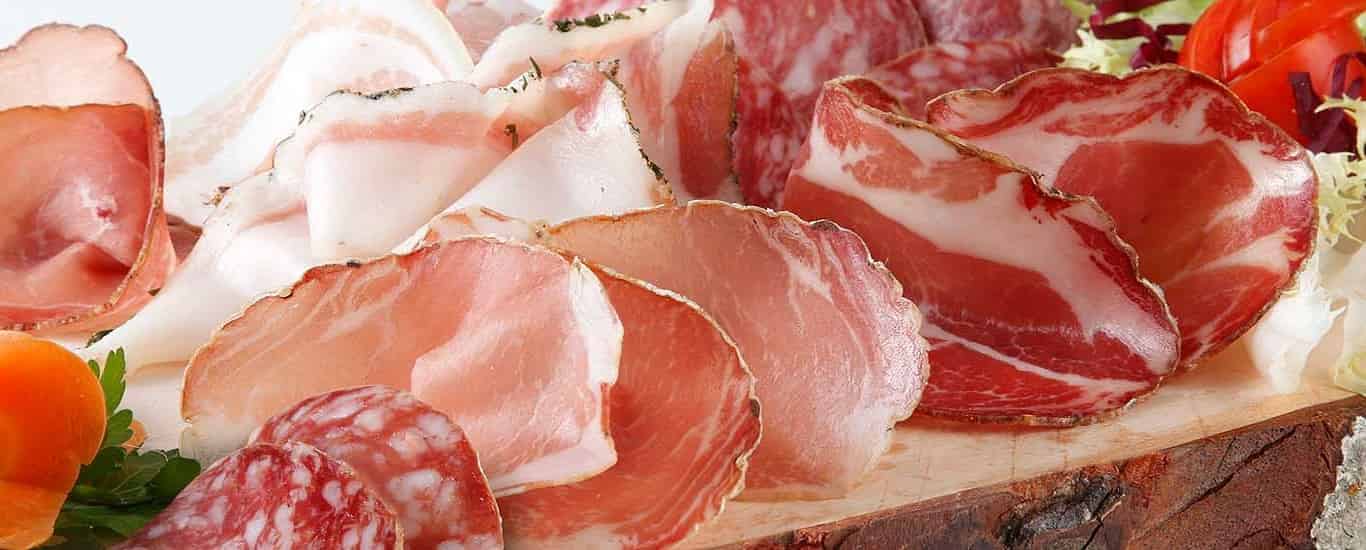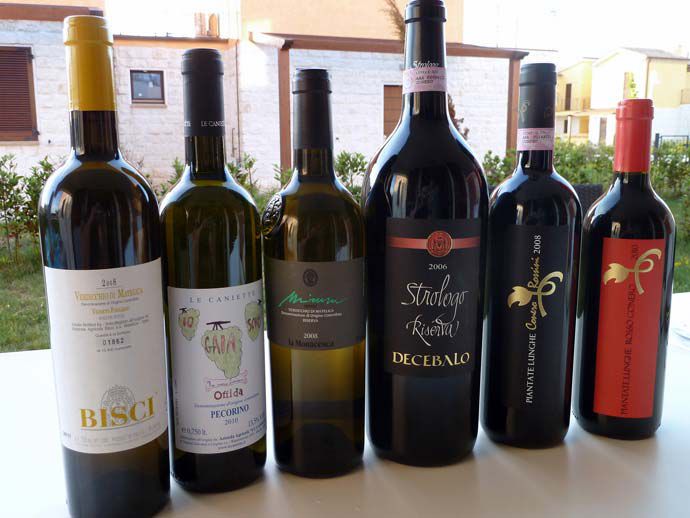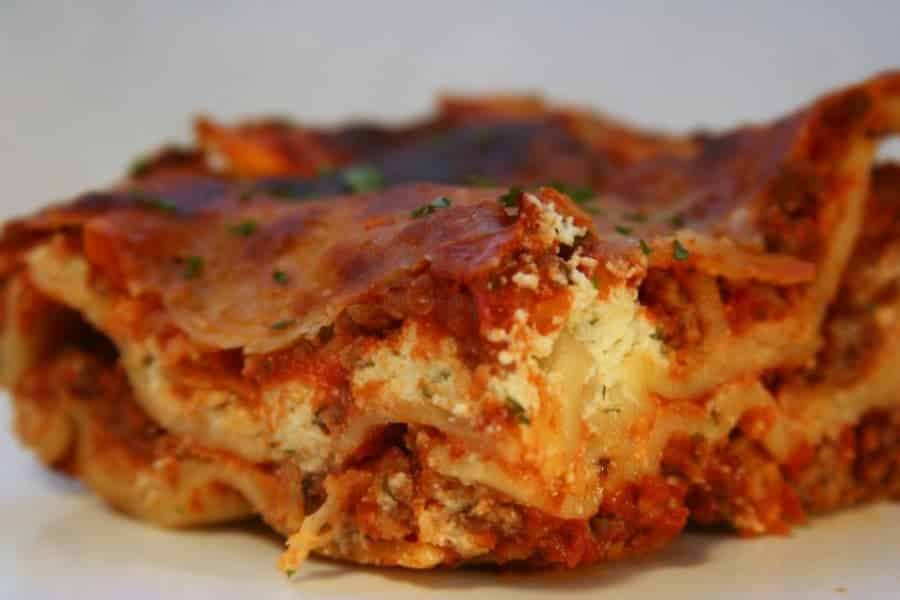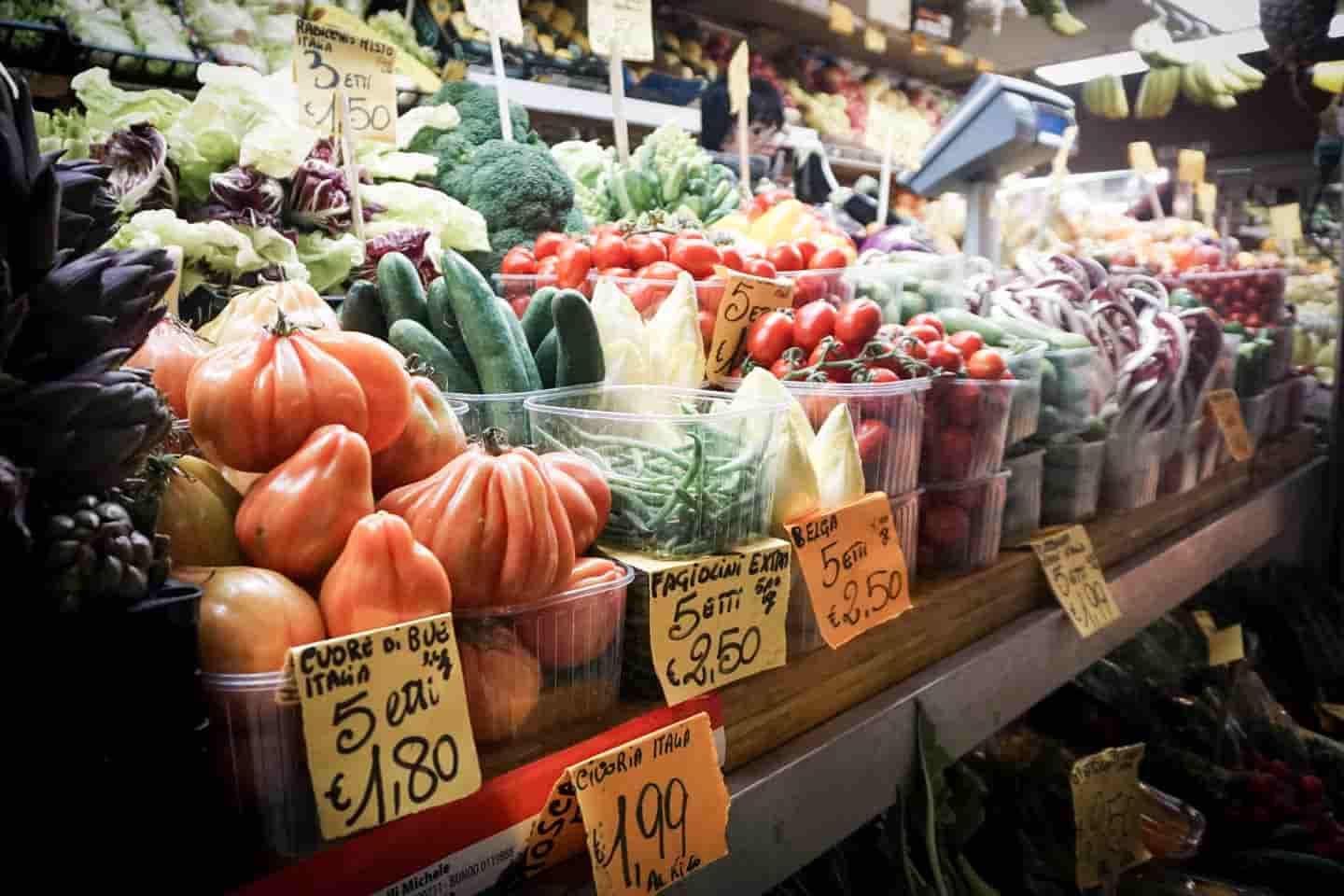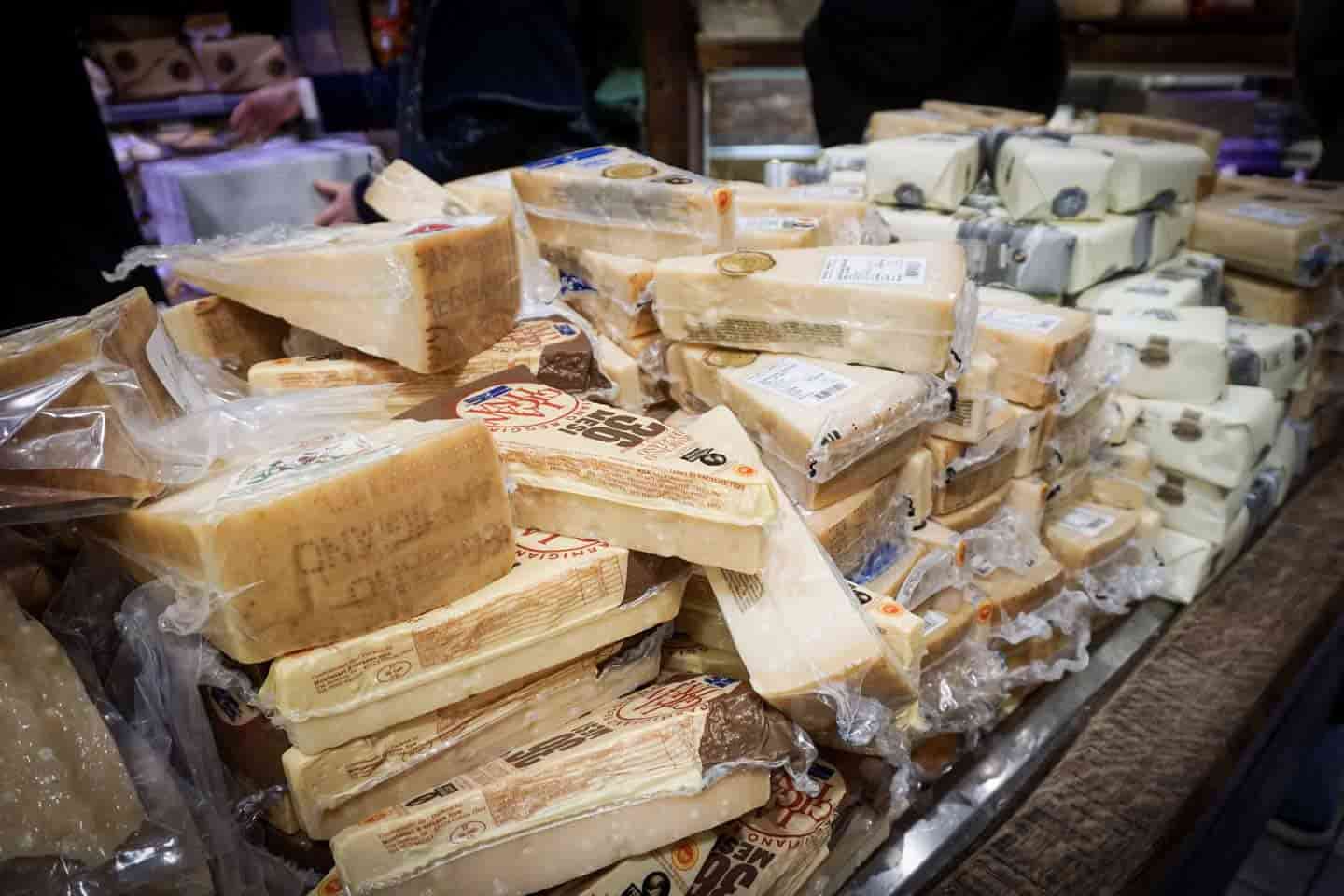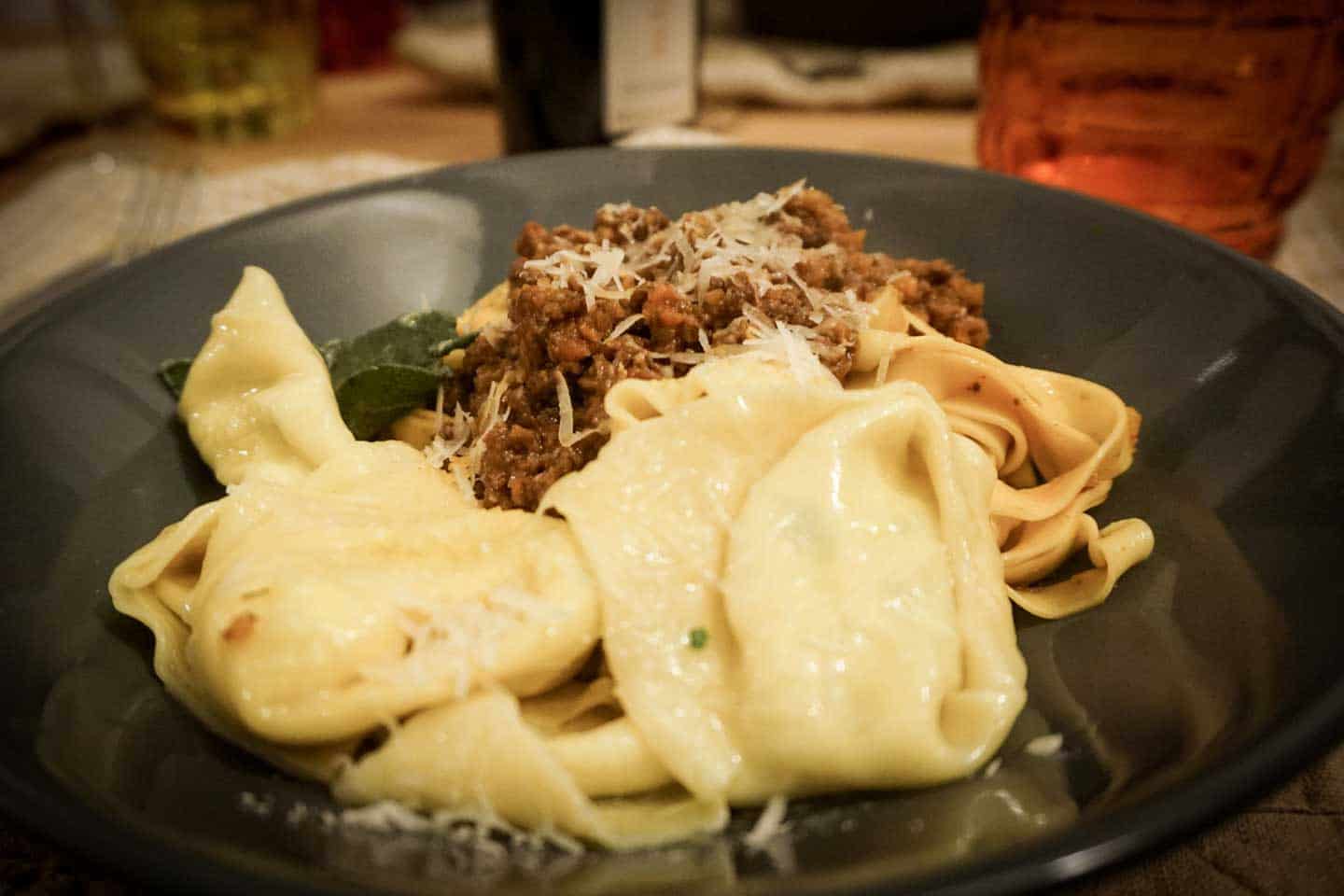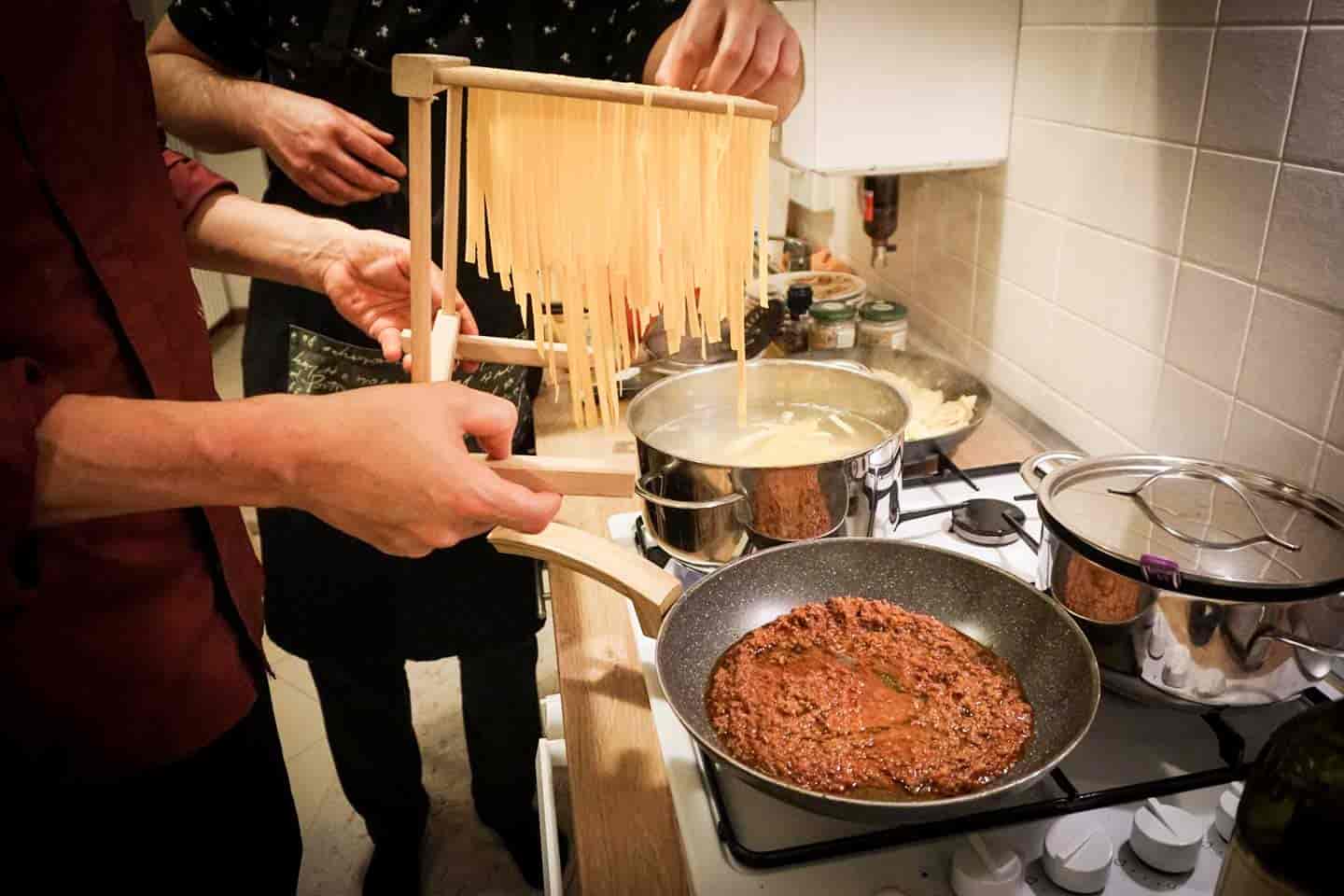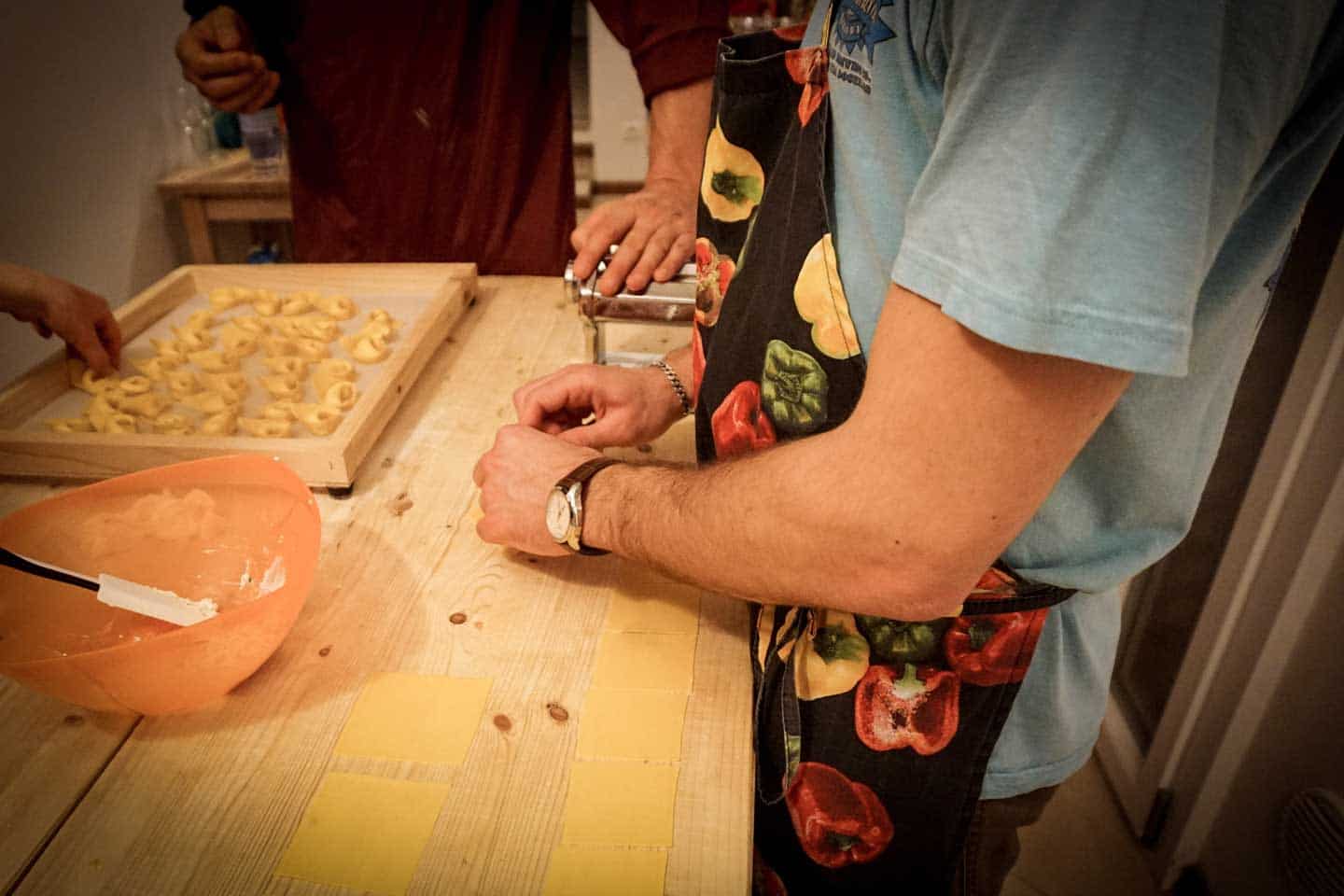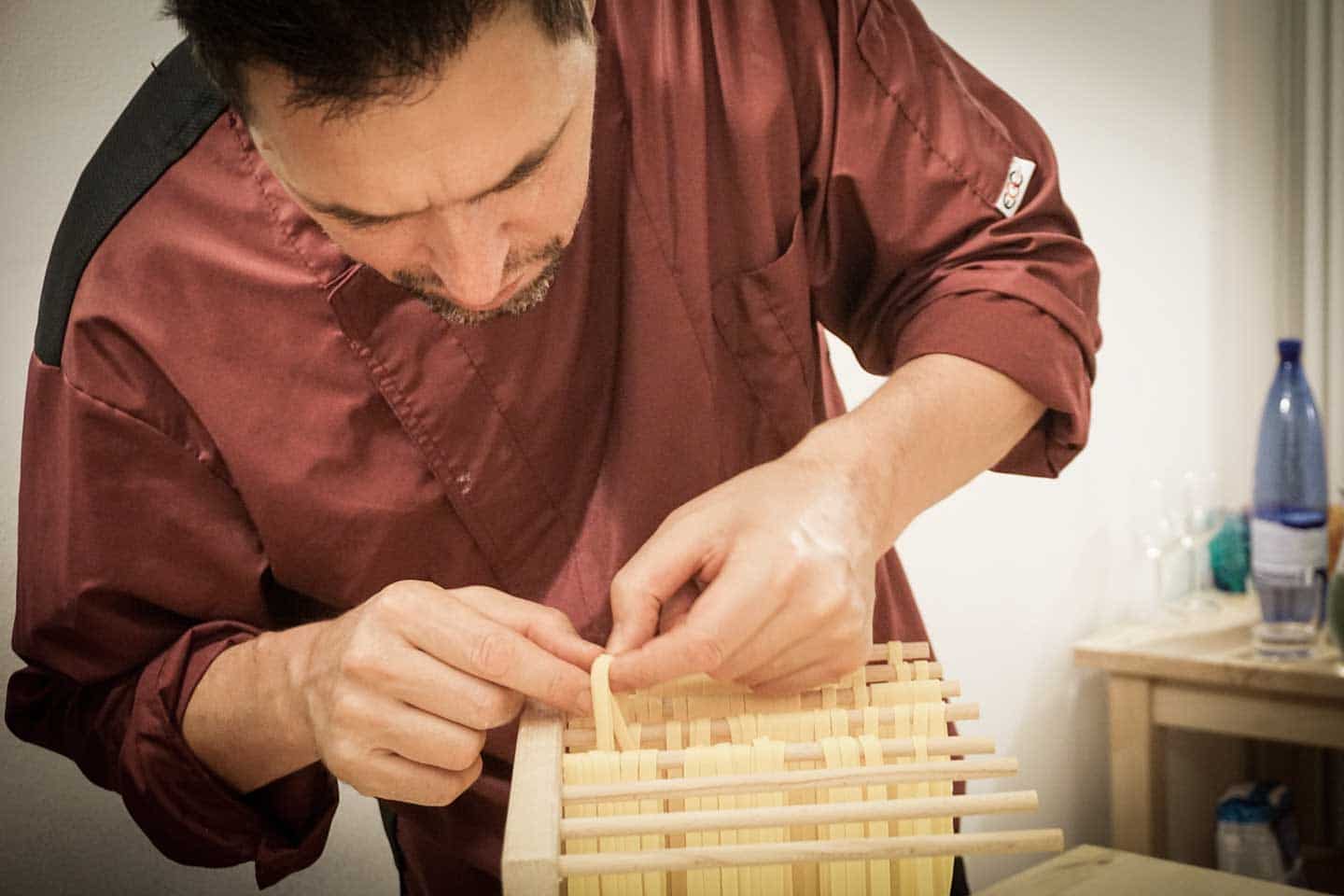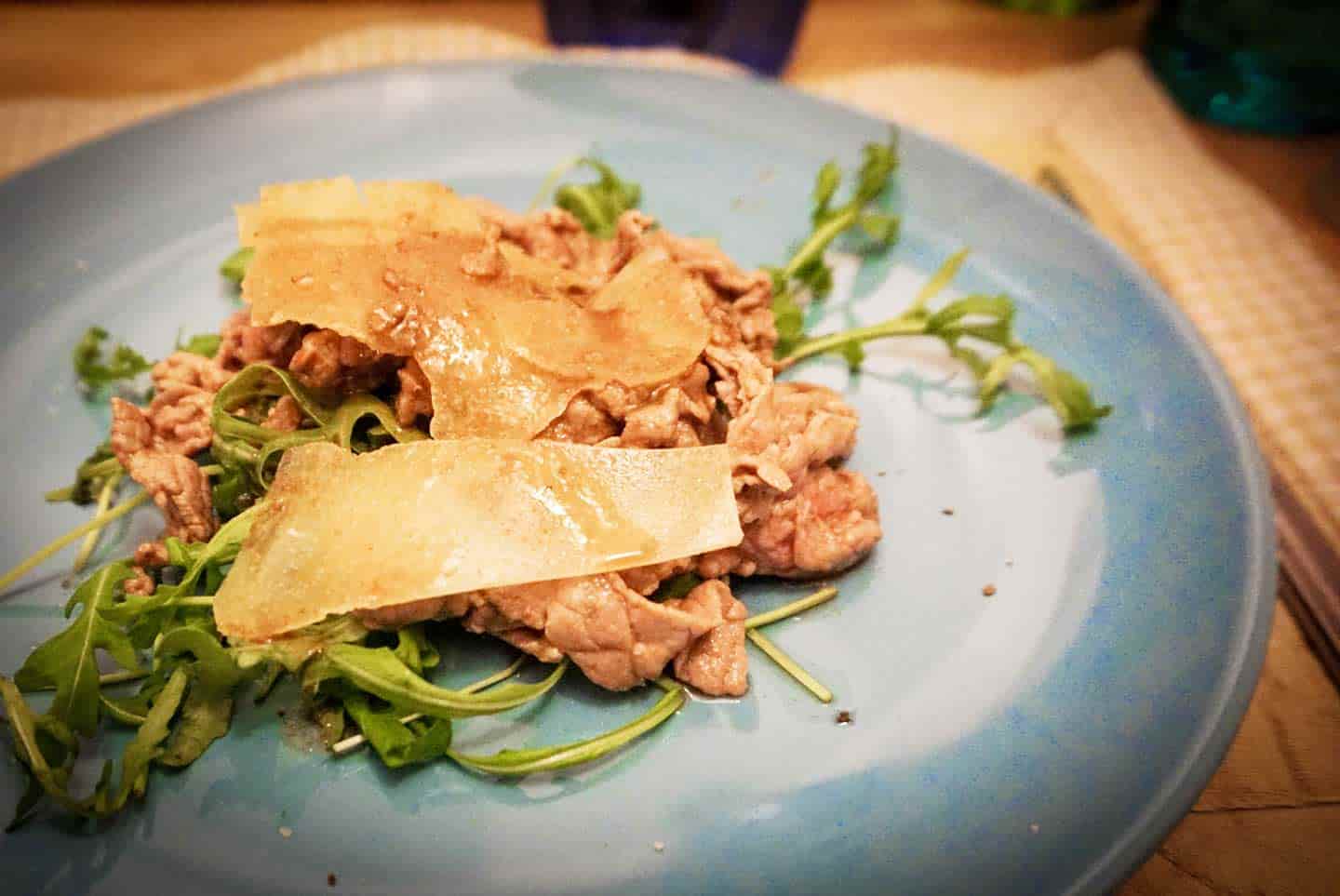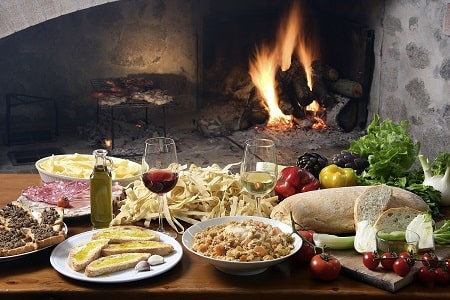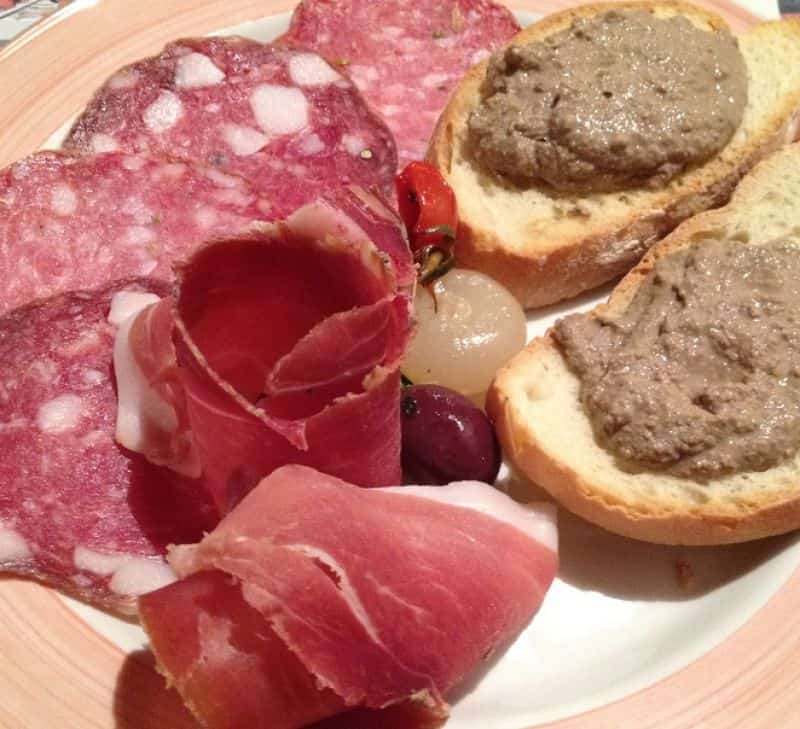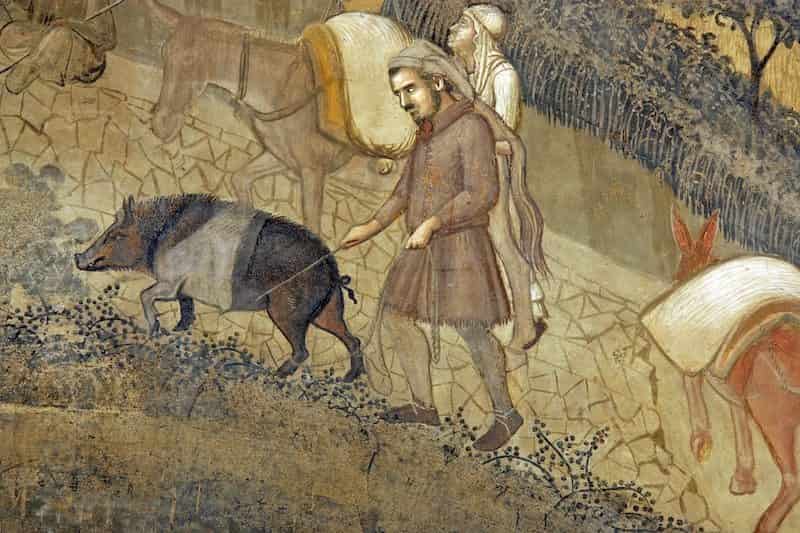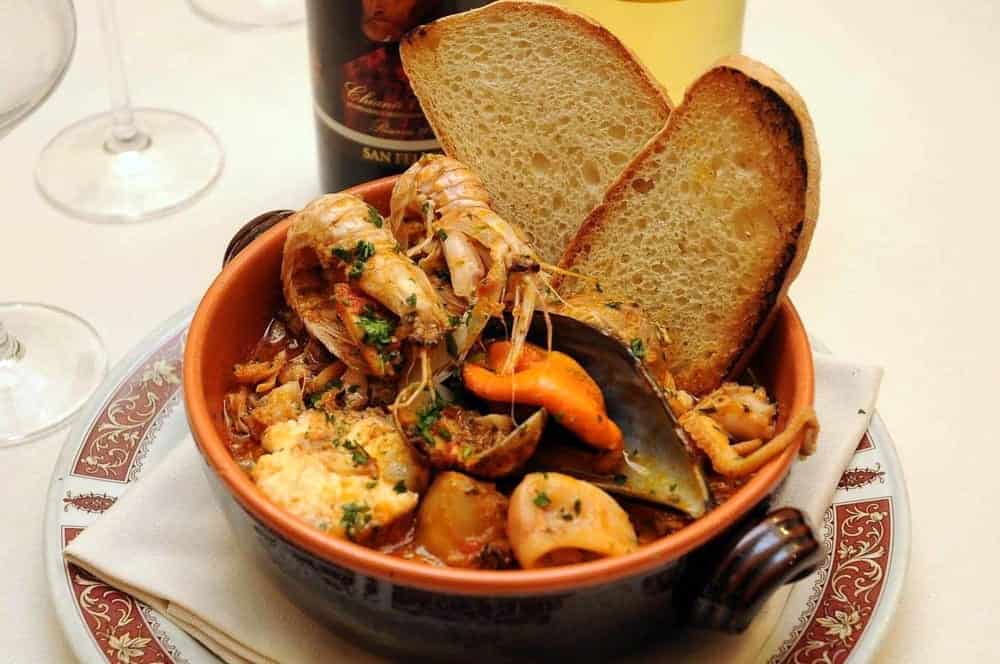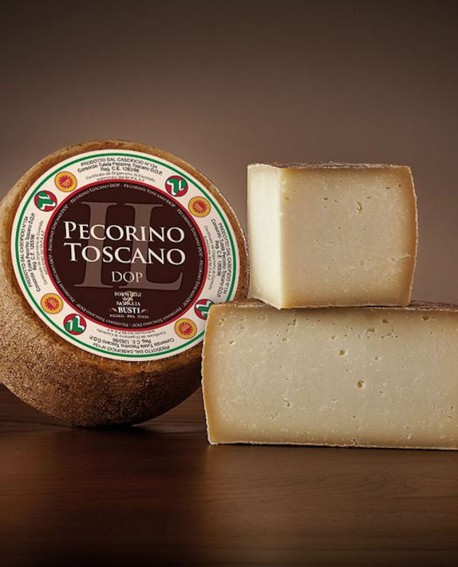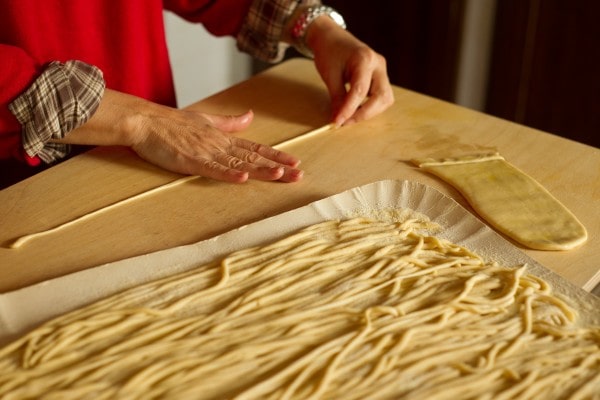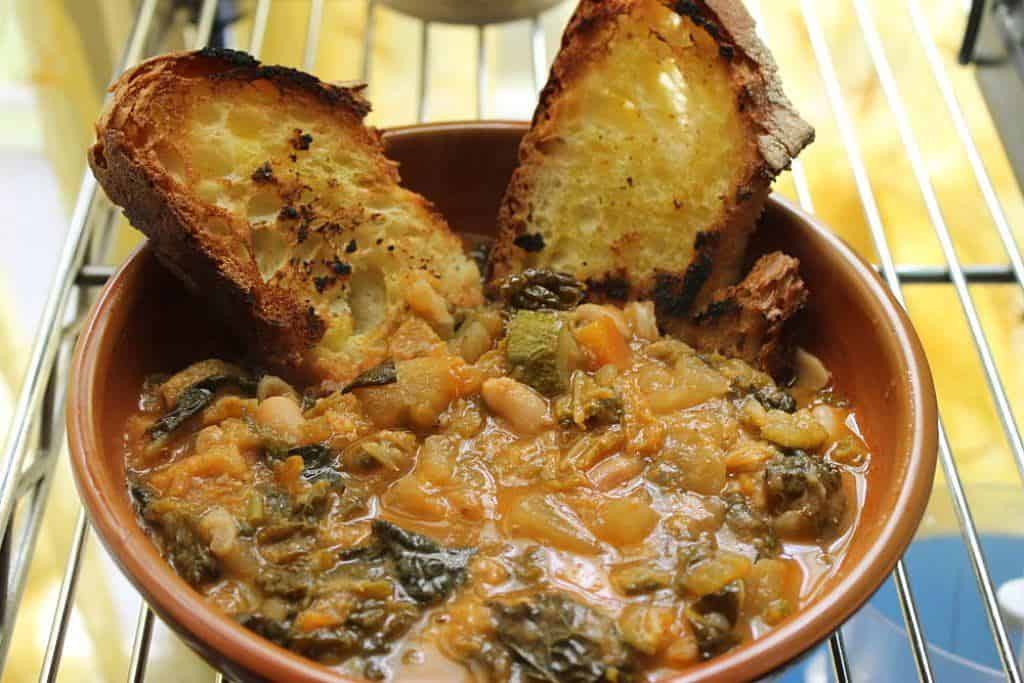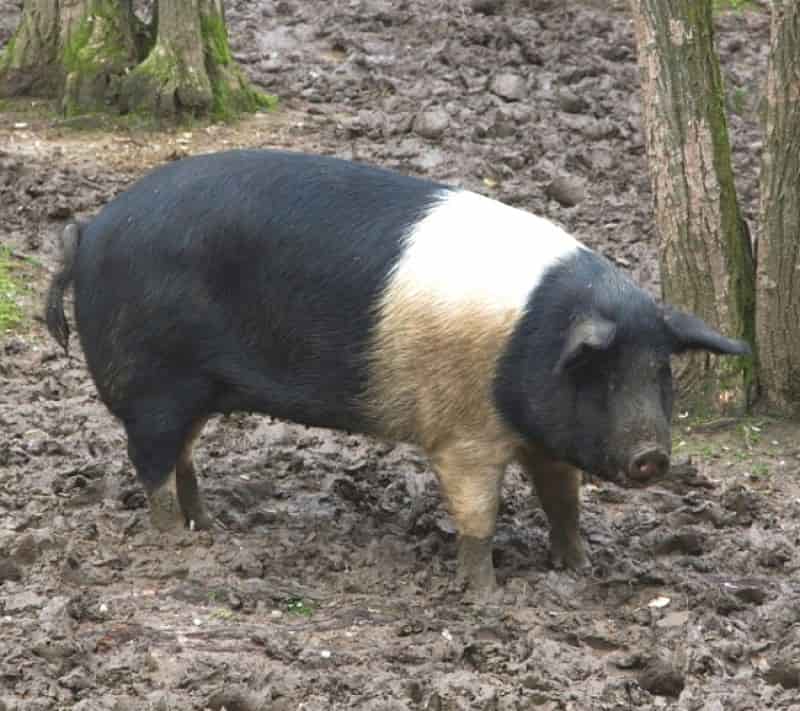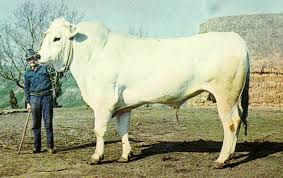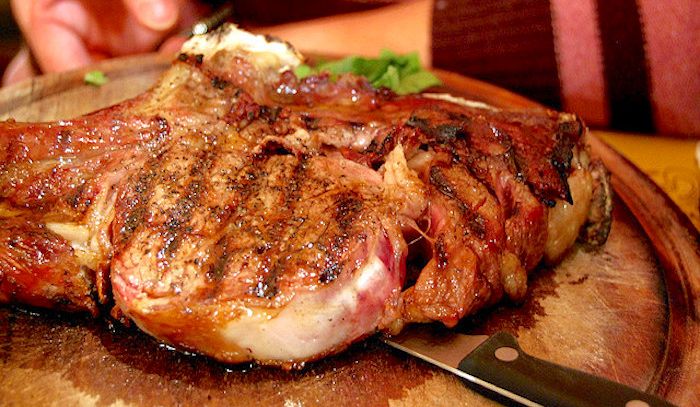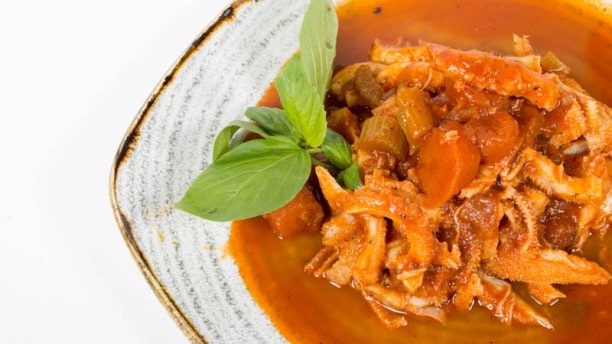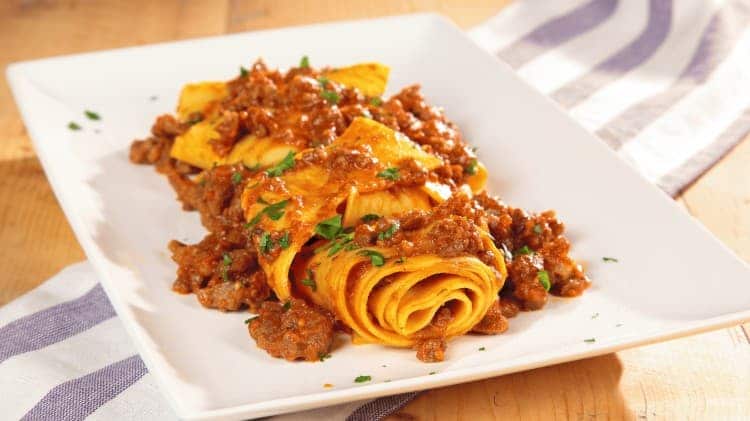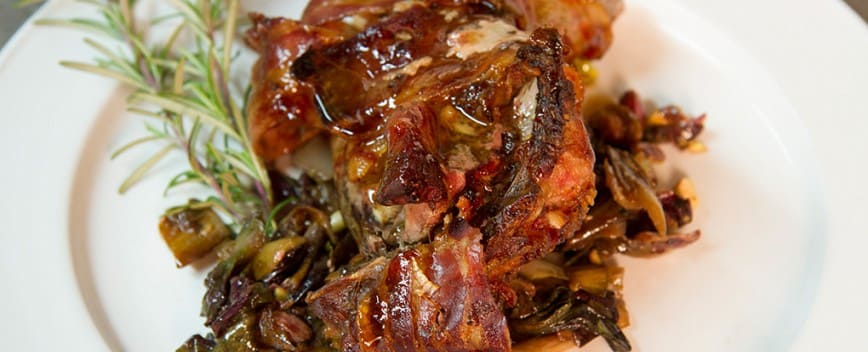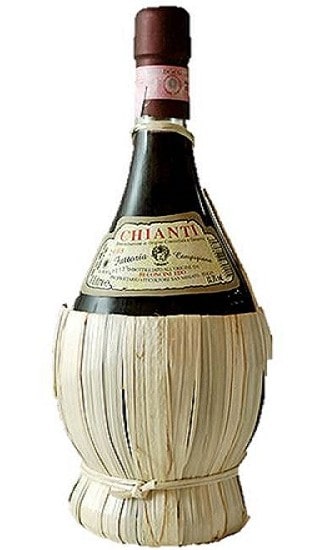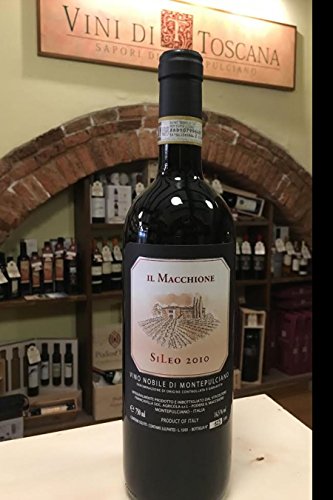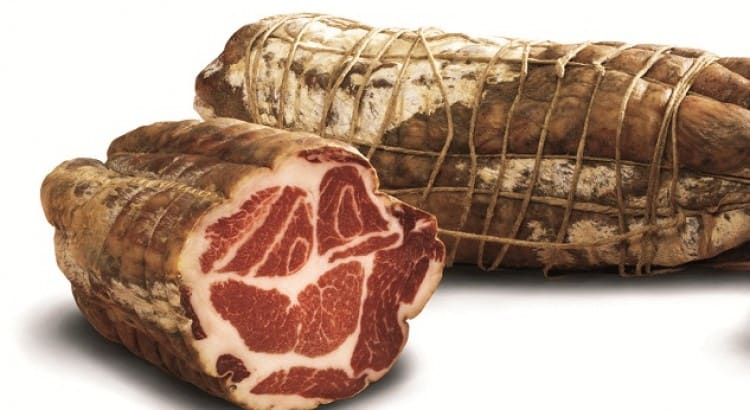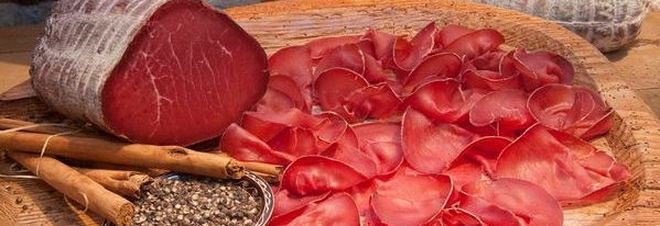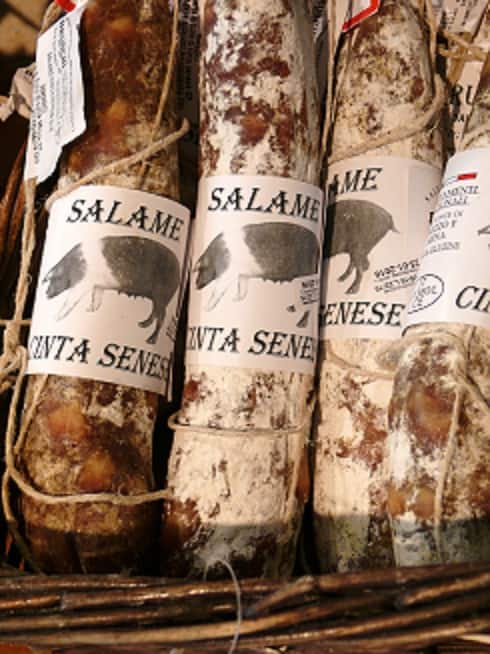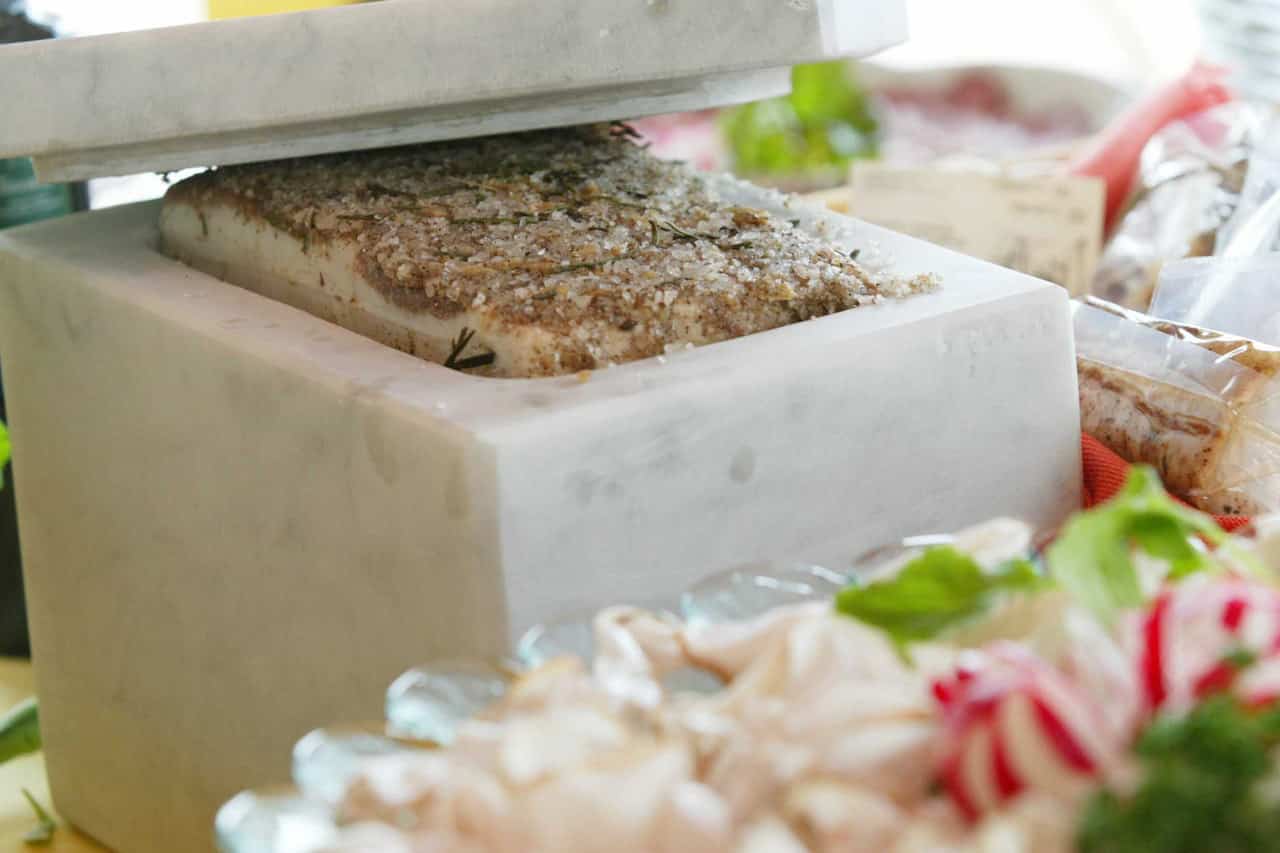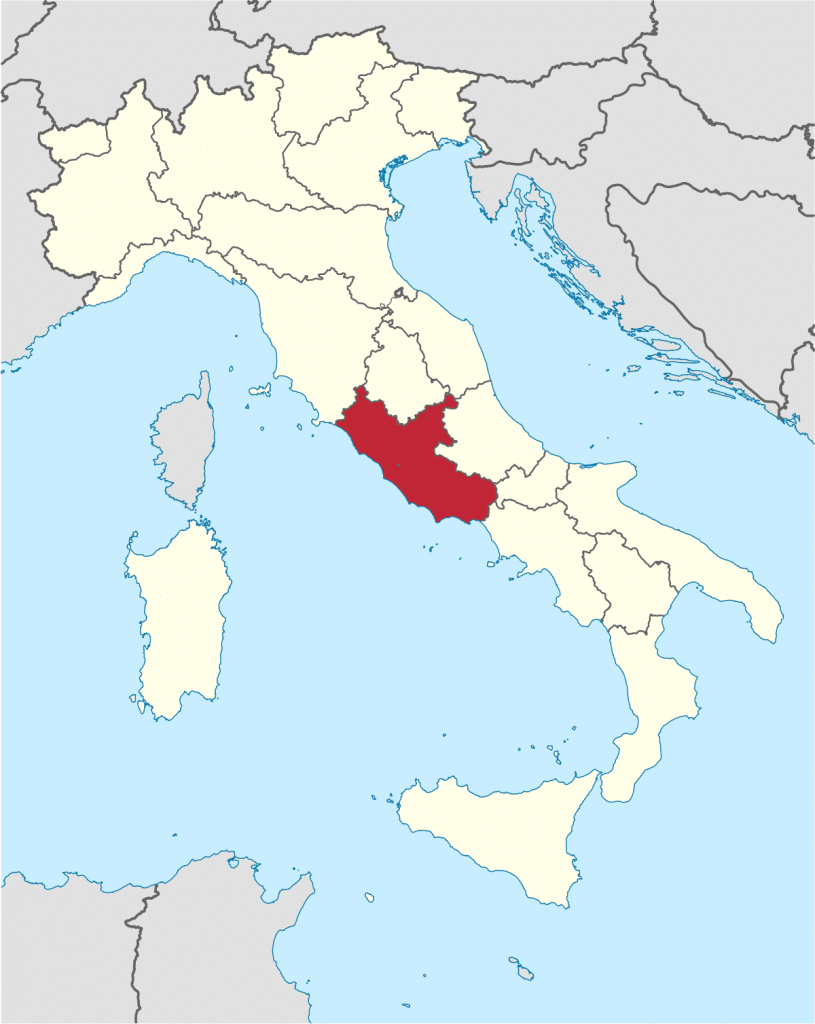
Lazio Cusine story
The Lazio cuisine is a home-style cuisine, where traditional dishes are made up of poor foods but cooked, they are very tasty.
The most internationally known dishes of this gastronomy are certainly Spaghetti Carbonara and Bucatini Amatriciana, two dishes that have traveled the world and uniquely recall one of the most beautiful cities of the entire peninsula: Rome. These two traditional dishes are among the most popular and requested in the Italian capital, and can be found in almost all restaurants.
Roman cuisine includes a large number of typical dishes, the preparation of which involves the use of typical regional products, such as Pancetta and pecorino which, as we have seen, are the basis of the recipe for bucatini all’amatriciana. Among the best recipes we find many typical ingredients of the peasant cuisine of the region and central Italy.
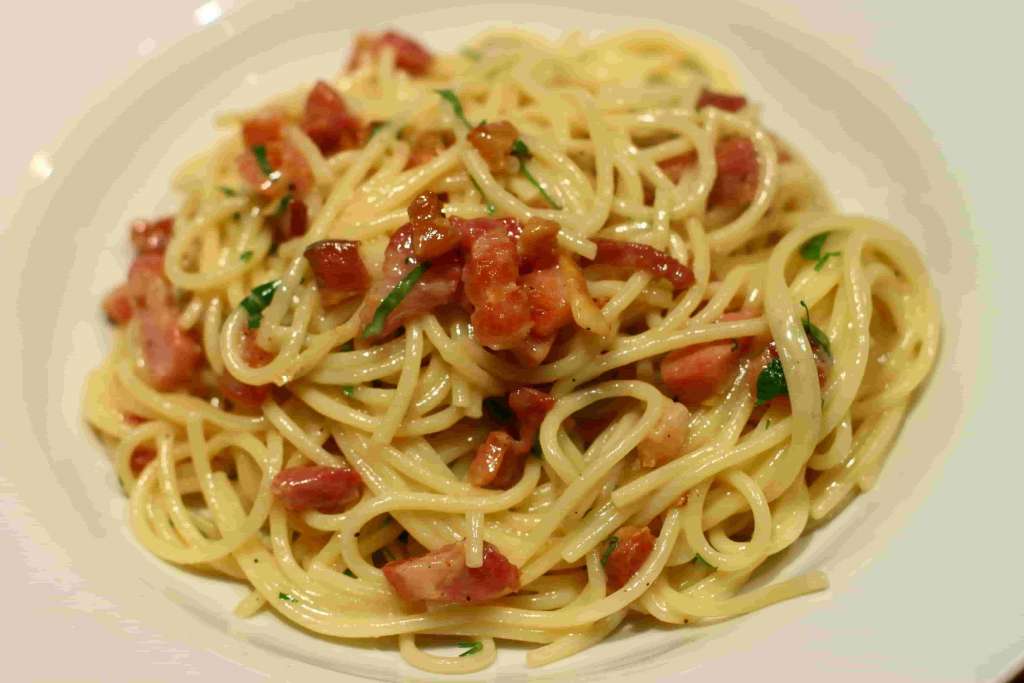
Lazio Cusine
Spaghetti alla Carbonara
Probably the most famous Roman dish in the world, it is prepared with Guanciale (pork cheek) or Bacon, fresh eggs, Pecorino Romano and a lot of pepper, cream is absolutely forbidden.
If it is true that until the thirties there is no trace of the preparation of carbonara in Rome, this recipe begins to appear starting from 1944. A similar coincidence of dates provides a precious clue to understand who to attribute the invention of this tasty dish.
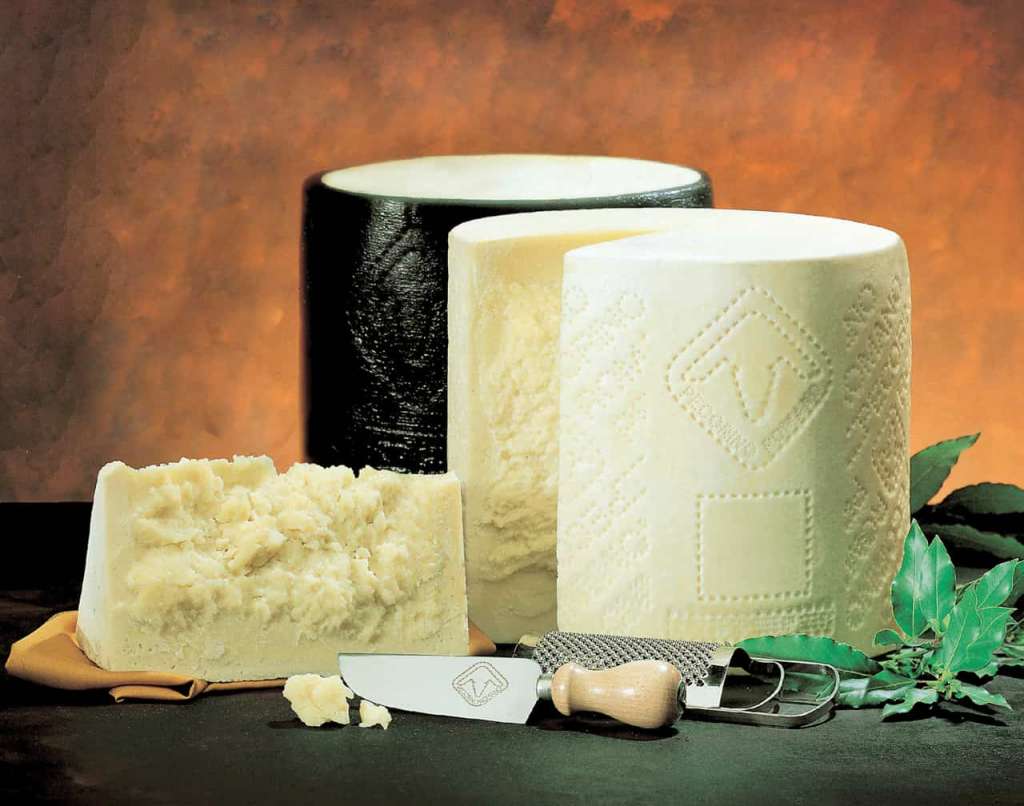
It is said, in fact, that the Allied soldiers engaged during the Second World War on the Reinhard line, between Lazio, Molise and Campania, had the opportunity to taste and become fond of the typical “Cacio e ova” pasta from Abruzzo. It was natural, at least according to what is said between historical reality and legend, to add the bacon, typical of the area, and possibly the smoked bacon imported from the United States.
These were the flavors that reminded soldiers of “home”, but this did not prevent the Romans, once they discovered the recipe, from making carbonara their own, which was literally adopted to the point that, today, no one would dare to question its geographical authorship.
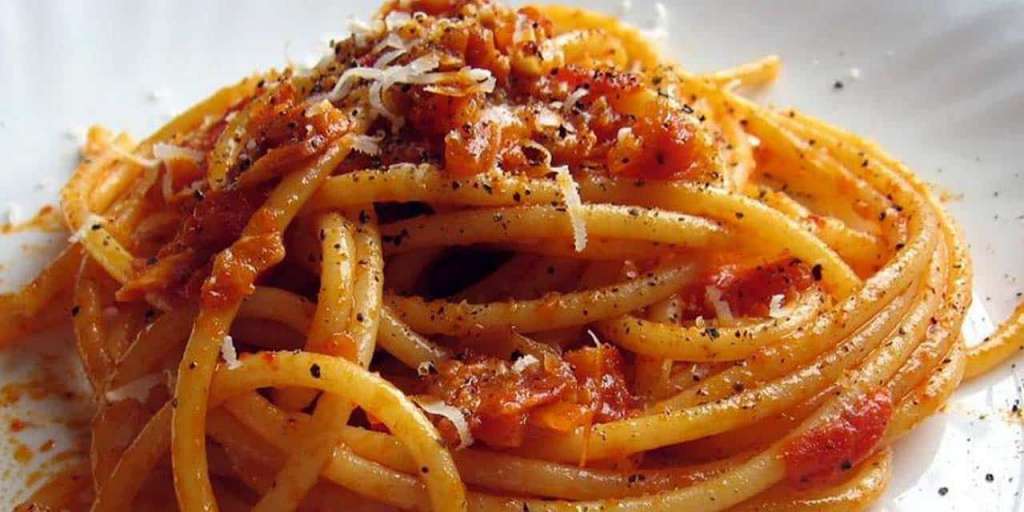
Another first course of the Roman tradition is:
Bucatini Amatriciana, which is prepared with pancetta, tomato sauce and cheese. This dish originates from the ancient Tagliatelle alla Gricia, where however the tomato sauce is missing. With cacio, on the other hand, we cannot forget the delicious Cacio e Pepe pasta, a quick dish with a unique taste, thanks to the important presence of pecorino romano.
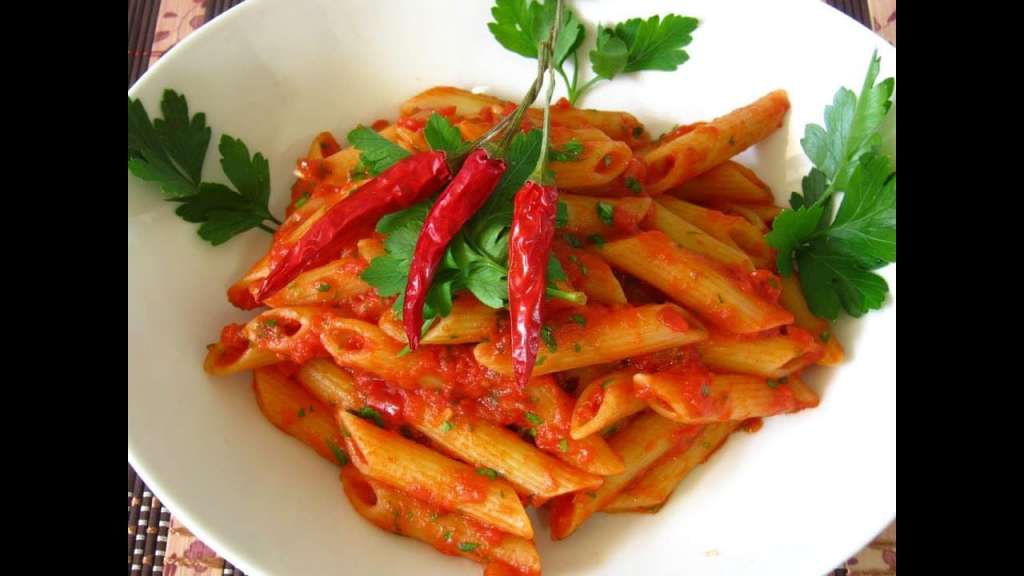
Lazio Cusine
Pasta all’Arrabbiata is similar to Amatriciana, so called because the amount of chili in the recipe is really a lot! It differs from the first for the presence of fresh chilli instead of pepper and also for the lack of pancetta, which however can be added as desired.
Another typical Lazio recipe is “Pasta Aio and Oio, Pasta Aglio ed Olio“, prepared in a pan with garlic, extra virgin olive oil and chilli. This is excellent because it can be done in a jiffy with ingredients that you always have in the pantry.
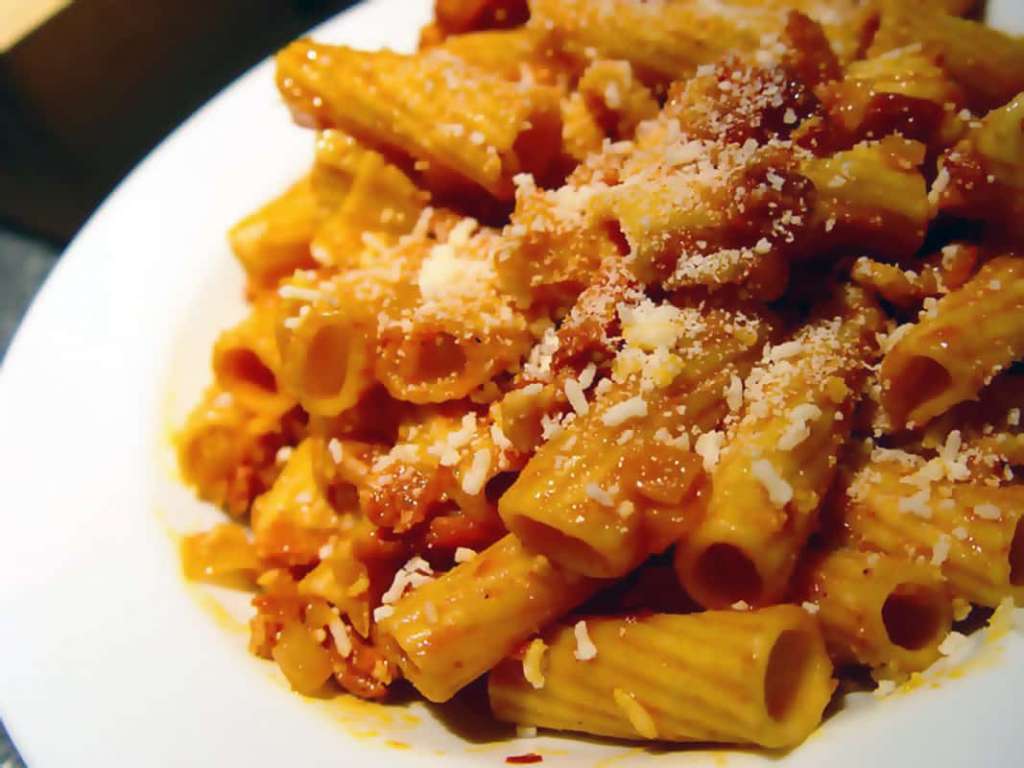
Lazio Cusine
Typical Ciociara pasta are Rigatoni with Pajata. This dish was usually cooked on Sundays or for holidays, as a main course of a family lunch, because the sauce needs to cook slowly and for many hours, so that the pajata, that is the veal intestine, becomes tender and flavored. the sauce. Even in Lazio it is customary to make Scarpetta (lick the sauce in the dish with bread-dipping), especially with the typical bread of the area.

The Roman Ciriola is a sandwich in the shape of a rugby ball, which if not eaten during the day is used in slices as croutons. Another very popular type of bread is the Genzano cereal bread, which remains soft even in the following days.
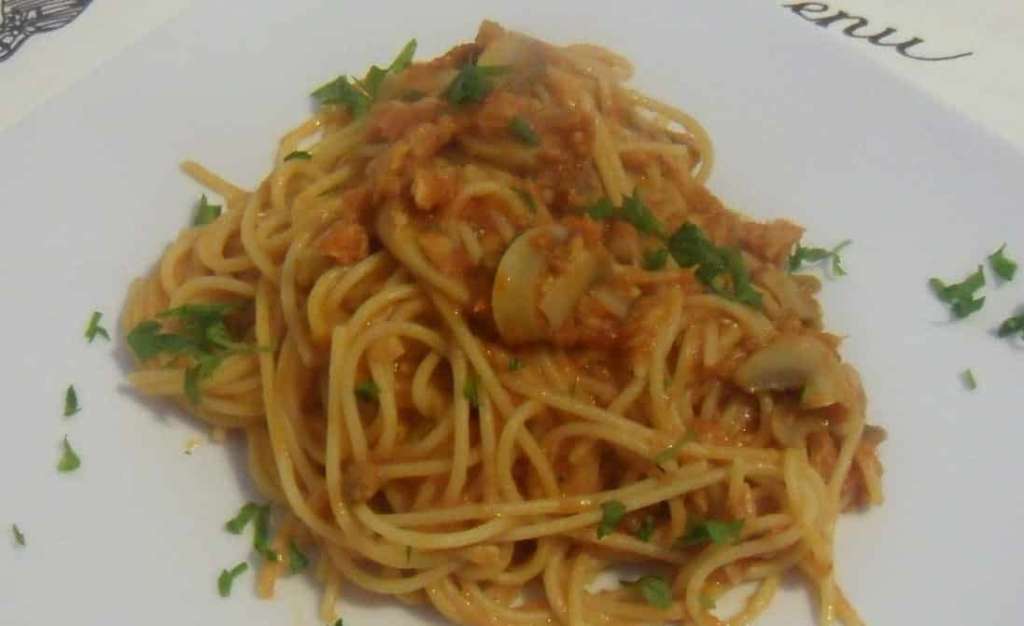
All these first courses have in common the fact that they were originally prepared with easily available foods, as well as the pasta alla Carrettiera, originally prepared by the carters, that is, by those who carried carts around Rome, and could not take with them , easily perishable foods.
Lazio Cusine
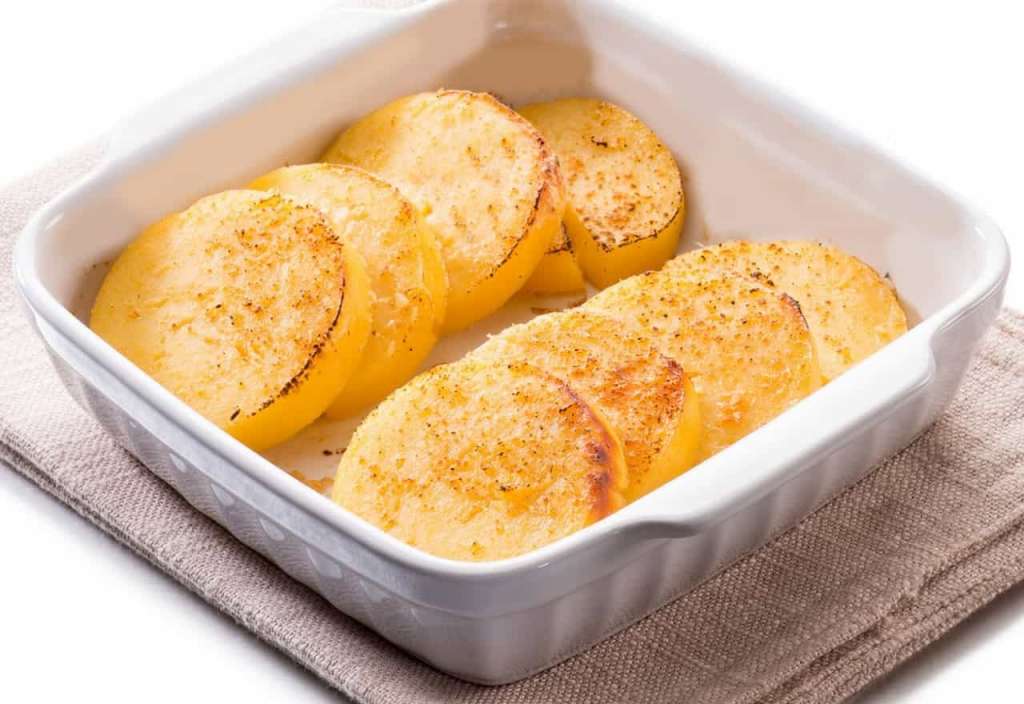
Another traditional dish are the Gnocchi alla Romana, prepared with semolina and cooked in the oven with various cheeses. Even this recipe is of dubious origin, since the large amount of butter traces it back to distant Piedmont, while their unusual shape suggests a spelling error of the name, which from “Romanian” has probably become “Roman” with the passing of years.
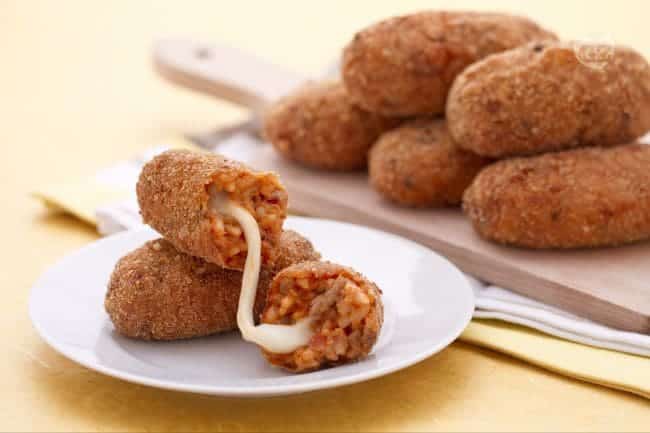
On the subject of first courses, even if it is actually part of the appetizers, the “Supplì on the phone” is one of the most popular dishes for tourists in the capital because it is a quick and tasty dish that can also be eaten while walking through the streets of the city . Supplì are similar to Sicilian arancini, consisting of rice and stuffed with meat sauce and stringy cheese, which recalls the idea of the old telephone wire.

Lazio Cusine
Main dishes
As for the second courses, in Lazio those of meat are definitely preferred to fish dishes. In fact, one of the few typical Lazio dishes that recall the sea are the Cuttlefish with peas, prepared stewed with a red sauce.
In addition to lamb, chicken and pork, in the Lazio gastronomic tradition, cuts of meat are often used such as oxtail and offal, that is the entrails of lamb.
With the chicken you prepare the recipe of Chicken with peppers blended with white wine, a very simple regional recipe and often used in the rest of the peninsula.
The lamb, on the other hand, is often replaced by the suckling lamb, called in the Roman dialect Abbacchio. This typical dish is cooked in the oven with potatoes, or alla Cacciatora with various spices.

Lamb is the main ingredient of one of the typical specialties of Lazio: the Abbacchio a scottadito. To prepare this typical dish, the animal’s cutlets are used which, after being sprinkled with a light layer of lard, salt and pepper, are roasted on the incandescent grill and served very hot. They are excellent to taste like this, or they can be accompanied by spicy sauces.
When you buy Abbacchio, you usually also buy its offal, with which you prepare a traditional dish much appreciated by the Romans: Coratella with artichokes. The lamb entrails have a very intense flavor, but washed and cooked properly, they are pleasant even to the most skeptical. In addition to Coratella, lamb sweetbreads are also very popular, because they are very tender and recall the taste of milk. They are usually fried and served with just lemon juice and salt.
Still on the subject of entrails, among the typical Roman foods, we cannot fail to mention the Roman tripe which is a riot of flavors thanks to the presence of mint, red wine and sautéed carrots and onions.

With another unusual cut of meat, one of the most famous gastronomic specialties is prepared: Coda alla Vaccinara. To prepare it, you need to buy the oxtail or veal, already cut into not too big pieces, and cook it in a sautéed oil and lard, to which the vegetables are then added: celery, carrots and onions. Only then are the peeled tomatoes added and left to cook for several hours, usually three or four, until a good reduced sauce is obtained with which you can then dress a nice plate of rigatoni.
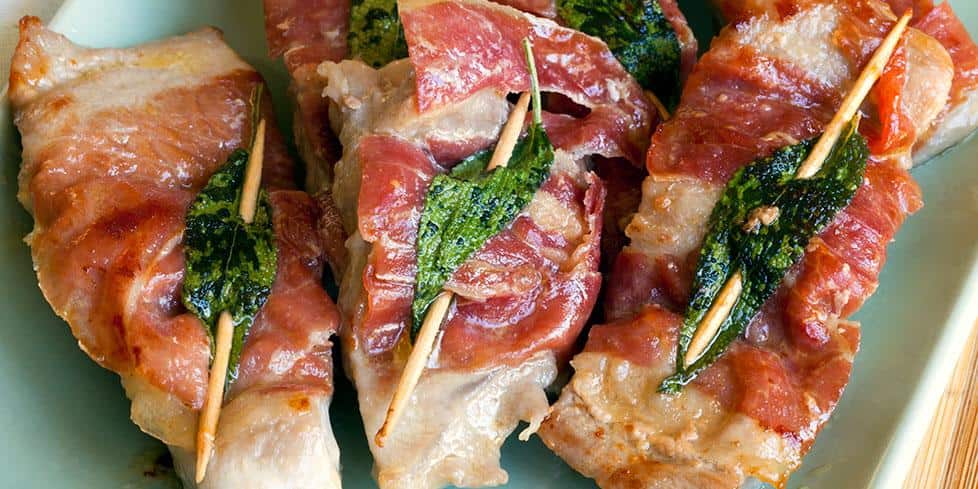
Returning instead to the classic cuts of meat, there is a Roman dish that is now prepared throughout Italy, thanks to its goodness and simplicity of realization: the Saltimbocca alla Romana. To prepare them, you need slices of veal, raw ham and sage leaves. This dish is ideal for those who have little time to cook but want to eat a dish full of flavor.
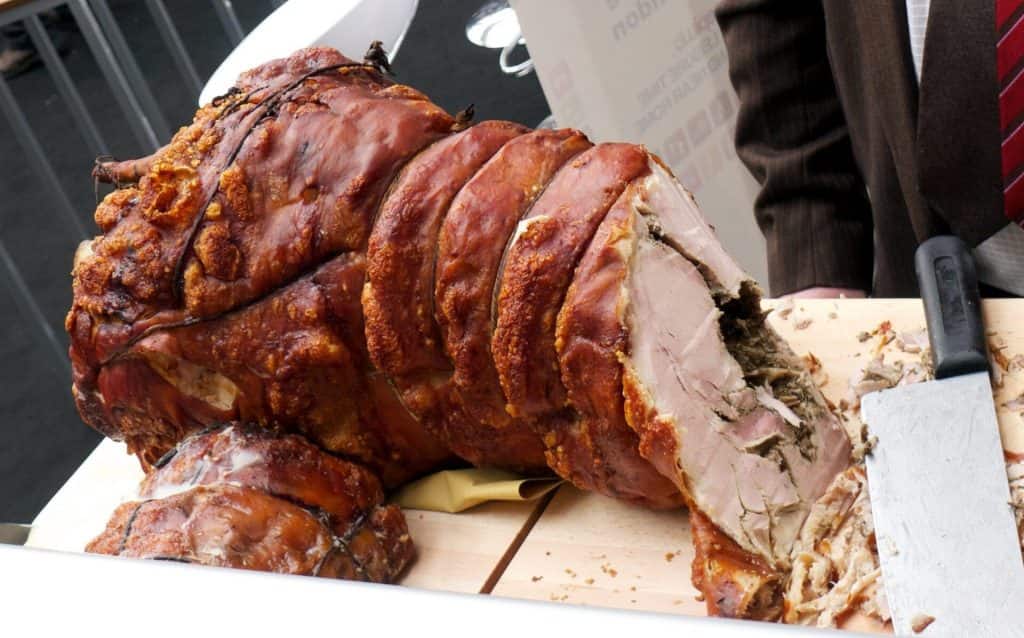
In the Lazio gastronomic tradition, we cannot forget one of the best known and appreciated dishes such as Porchetta. At the base of several typical dishes of Lazio cuisine, it originates from Ariccia, a town in the Castelli Romani near Rome: it is nothing more than the boneless and gutted pork, cooked on a spit or in the oven and flavored with rosemary or wild fennel.
Porchetta is usually used in stuffed sandwiches, but it can also be enjoyed alone, especially if still warm, because it is very tender and retains all the flavor of the spices inside.
Lazio Cusine
Side Dishes
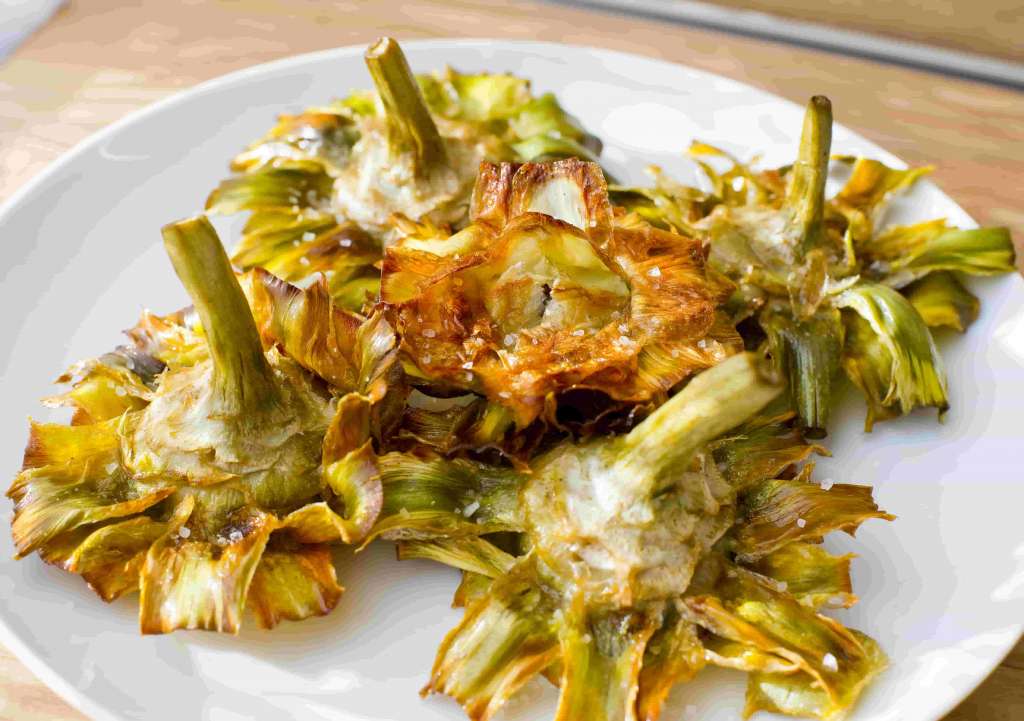
To accompany these meat dishes, the vegetable side dishes that complete all the typical dishes of Lazio cannot be missing.
The most famous vegetable side dish is certainly the Giudia Artichoke dish, very simple to prepare but really delicious. It is prepared with Roman artichokes, those without thorns, which must be cleaned and then fried in boiling oil. If you want, you can vary the original recipe by preparing a Savory Artichoke Cake alla giudia with the same ingredients, which is certainly a more substantial single dish.
Savory pies are cooked very often around Rome and include the use of traditional traditional vegetables, easy to find throughout the region, such as chicory, chicory and artichokes, often accompanied by Gaeta olives, very famous for their goodness.
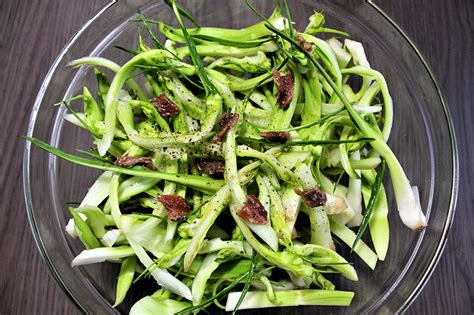
If, on the other hand, you prefer a simpler side dish that does not require cooking, you can focus on a good chicory salad, a typically Roman vegetable with a bitter taste, attenuated by the presence of anchovies that dampen the flavor. Always with Puntarelle, it is a must to eat the Roman pizza which is higher than the Neapolitan one and often prepared with buffalo mozzarella instead of fiordilatte.
Another salad typical of the Roman tradition is that of beans, to which anchovies, onion and thyme are added. For a quick and more substantial salad, you can use the diced caciotta, raw courgettes, tomatoes and mint instead.
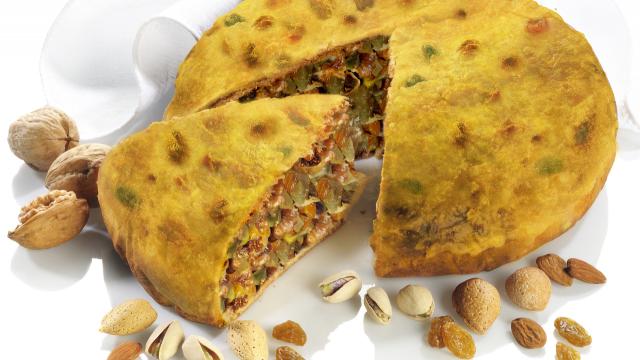
Lazio Cuisine
Desserts
Desserts also represent an important part of Lazio gastronomy.
The best known dessert is undoubtedly the Pangiallo, a sort of round sandwich prepared with flour, dried fruit, candied fruit and chocolate, made tasty even to the eyes by the yellow color provided by the saffron.
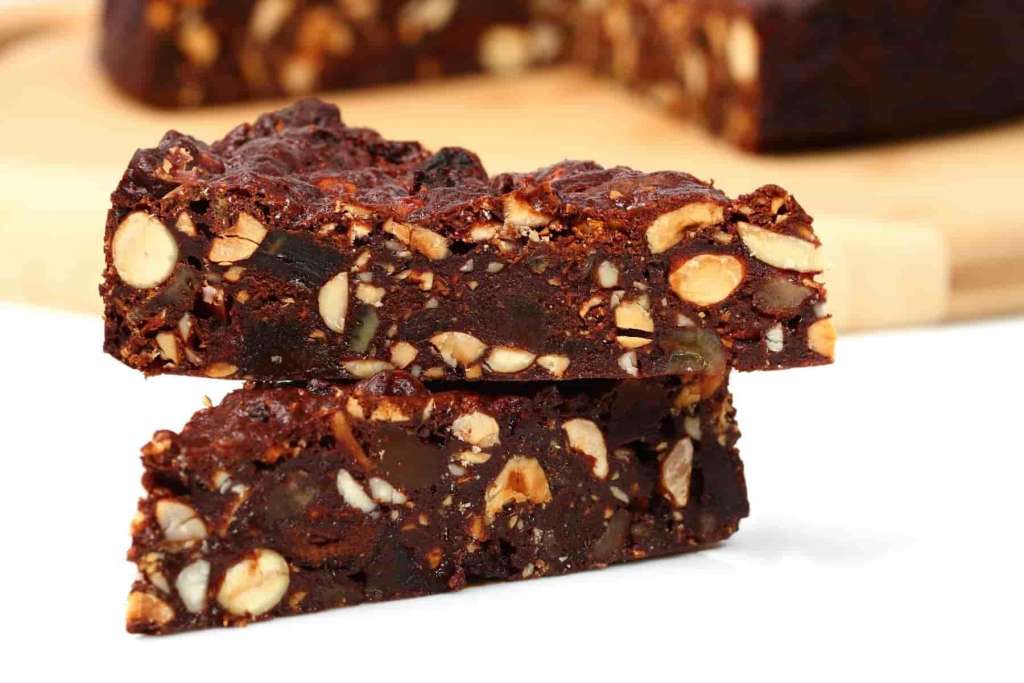
In the Frascati area, the Pupazze are famous, woman-shaped biscuits prepared with a large amount of honey and orange flavor, to be dipped in milk for breakfast or in wines after dinner.
In the summer in Rome it is customary to stop at a kiosk and quench your thirst with a “Grattachecca“. This drink is prepared with a base of crushed ice and then flavored with strawberry syrups, mint and all other fruit flavors.
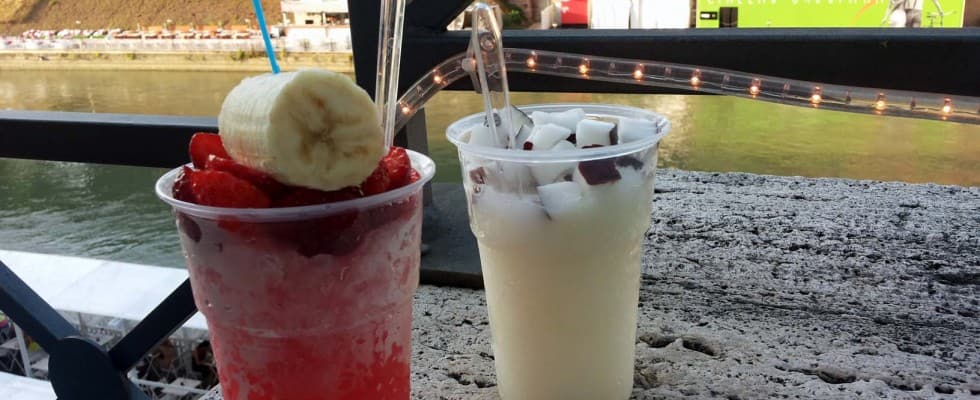
Also in the summer season, the Maritozzo alla Panna is very fashionable, a simple dessert consisting of a leavened dough cut in the center and filled with a soft cream of whipped cream.
Lazio Cuisine
Wines from Lazio
Wines with Controlled and Guaranteed Designation of Origin
Cesanese del Piglio DOCG various wines that fall within the DOCG, produced in the province of Frosinone
Cannellino di Frascati or Cannellino (white) produced in the province of Rome
Frascati Superiore (white) produced in the province of Rome
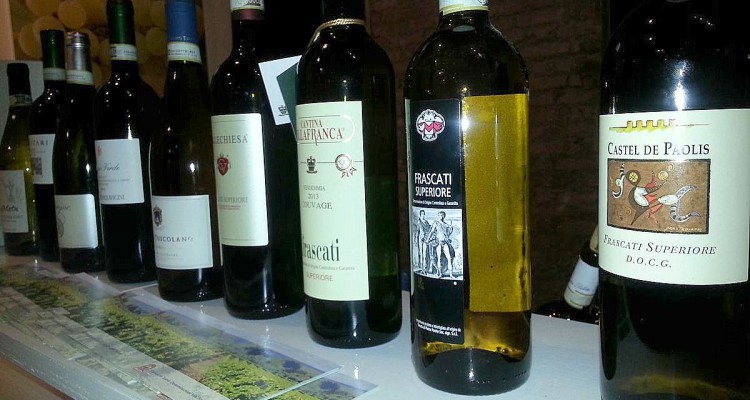
Wines with Controlled Designation of Origin
Aleatico di Gradoli produced in the province of Viterbo
Aprilia produced in the province of Latina
Atina produced in the province of Frosinone
Bianco Capena produced in the province of Rome
Castelli Romani produced in the province of Rome
Cerveteri produced in the provinces of Rome and Viterbo
Cesanese di Affile DOC, produced in the province of Rome
Cesanese di Olevano Romano DOC, produced in the province of Rome
Circeo produced in the province of Latina
Albani Colli produced in the province of Rome
Colli della Sabina produced in the provinces of Rieti and Rome
Etruschi Viterbesi Colli produced in the province of Viterbo
Colli Lanuvini produced in the province of Rome
Cori produced in the province of Latina
East! East!! East!!! di Montefiascone produced in the province of Viterbo
Frascati produced in the province of Rome
Genazzano produced in the provinces of Frosinone and Rome
Marino produced in the province of Rome
Montecompatri Colonna Superiore or Montecompatri Colonna produced in the municipality of Monte Compatri in the province of Rome
Neptune produced in the province of Rome
Interregional Orvieto DOC produced in the provinces of Viterbo (Lazio) and Terni (Umbria)
Rome, whether or not accompanied by the sub-area: Classico (with the exception of the Romanella spumante type)
Sangiovese from Aprilia
Tarquinia produced in the provinces of Rome and Viterbo
Terracina or Moscato di Terracina
Trebbiano di Aprilia
Velletri produced in the provinces of Latina and Rome
Vignanello produced in the province of Viterbo
Zagarolo produced in the province of Rome
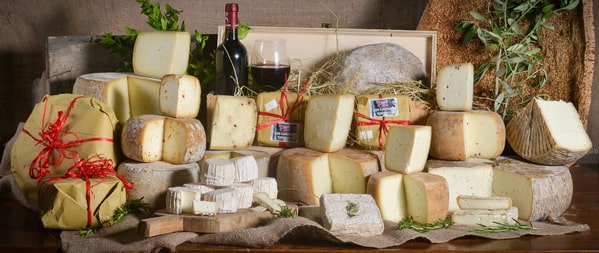
if you want to learn how to make fresh handmade tagliatelle, with the traditional Bolognese Meat Sauce subscribe to one of my classes.
Short class
one-day class
Contact [email protected]
See you soon with a new article.
Chef Luigi
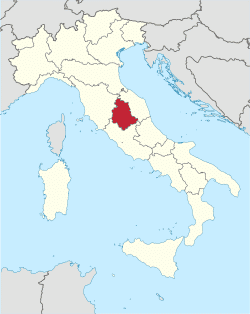
Umbrian cuisine, whose roots lie in the Umbrian and Roman civilization, is founded on a long tradition, with dishes that are not always poor or popular, but with frequent use of legumes and cereals. Little influenced by the neighboring regions, it is essentially based on meat and products of the earth, which are used both on special occasions and in the daily meal. It is a simple kitchen, with generally not too elaborate processes, which clearly enhance the flavors of the raw materials.
Umbrian cuisine
The typology can be divided into three macro areas which, broadly speaking, correspond to the socio-cultural subdivision in which the region is divided. Typical of the whole territory is the processing of pork and the production of cured meats: particularly renowned are those of the Norcia area, hence the Italian term “norcino”, which par excellence designates the producer and seller of cured meats. Other “noble” ingredients that recur in Umbrian flavors are the truffle, an authentic emblem of this gastronomy (especially on the mountain side east of the region and in the middle and upper Valnerina walley), as well as extra virgin olive oil, indispensable in almost all of local recipes. The areas of Orvieto, Montefalco, Torgiano and the area of Lake Trasimeno are also famous for their vines, from which numerous DOP wines are made.
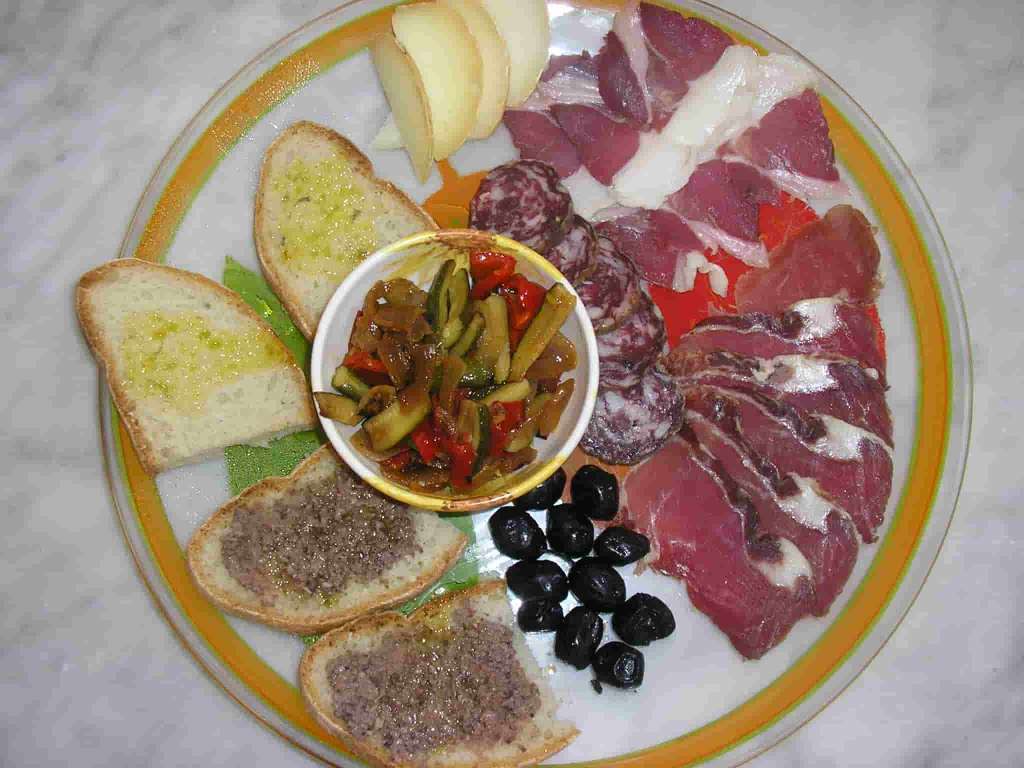
Umbrian Cuisine
Umbrian Appetizers
Umbrian appetizer – this term means a plate of cold cuts and cheeses served at the opening of the meal. It generally consists of one or more slices of ham, salami, capocollo, loin or sausage, associated with pecorino or goat cheese and arugula leaves.
Bruschetta – these are essentially whole slices of bread, lightly toasted on the coals, rubbed with a clove of garlic and then covered with olive oil and a pinch of salt.
Chicken liver crostini – halved slices of homemade bread, toasted or not, covered with a ground chicken liver dough (other recipes include a sauce based on truffles, or mayonnaise and mushrooms, mayonnaise and tuna, or even cherry tomatoes chopped).
Panzanella – it is a preparation based on wet stale bread, sliced or chunks, with the addition of tomatoes, onion, basil, olive oil, vinegar and salt. If other more caloric foods are added, such as tuna or mozzarella, it can also be used as a single dish.
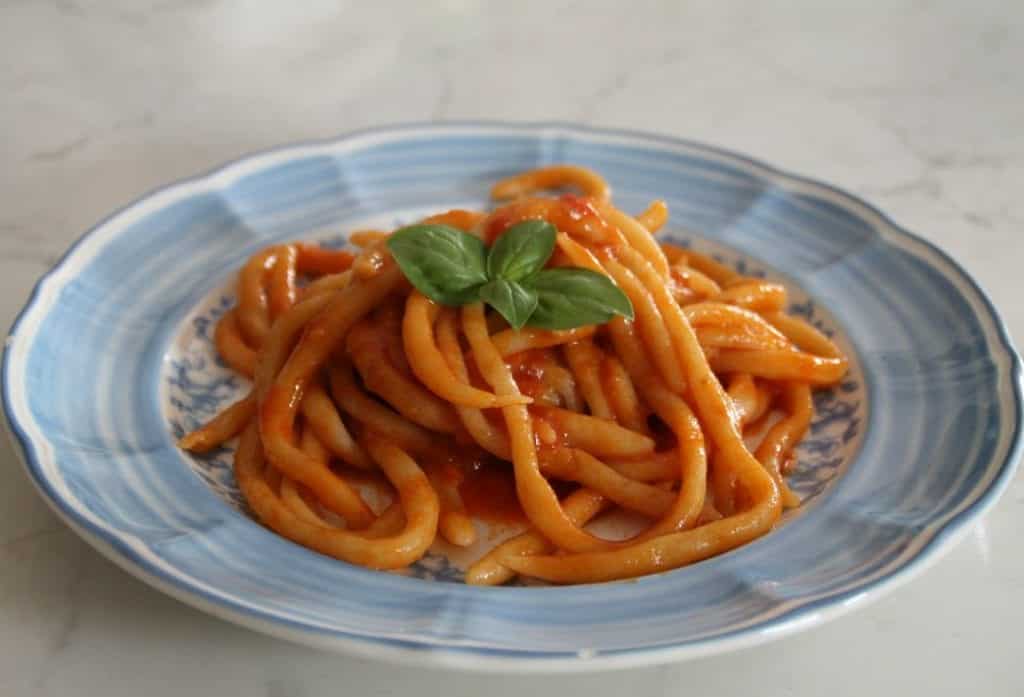
Umbrian Cuisine
Umbrian pasta dishes
Agnolotti al sugo – fresh pasta, typical of Città di Castello which is prepared especially during Christmas and Easter.
Ciriole alla Ternana – ciriola is a long square-section pasta typical of the city of Terni and its province and is traditionally composed of soft wheat flour and water. It is homemade and is similar in all respects to fettuccine or even Tuscan pici. Its peculiarity is the total absence of eggs in the dough. The basic recipe calls for the accompanying sauce to be a simple garlic, Terni PDO extra virgin olive oil with chilli pepper and the addition of parsley and tomato to be poured according to taste.
Cappelletti in broth – fresh pasta, it is consumed in mixed meat broth especially during the Christmas period.
Gnocchi with goose sauce (Perugia) – potato gnocchi served with goose ragù (preferably young).
Gnocchi al castrato – served with castrated lamb or sheep ragù.
Pappardelle with hare / wild boar ragout – this pasta, similar to very wide tagliatelle, is typically served with a hare or wild boar meat sauce.
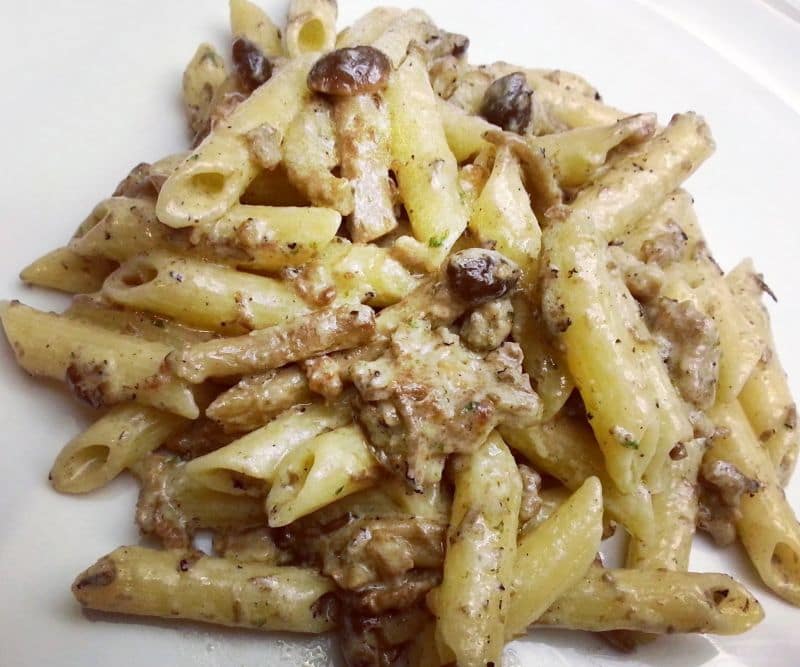
Strangozzi, or Strozzapreti, or Ciriole – it is a pasta similar to tagliatelle, but without eggs, with a rather thick section compared to tagliatelle and a shorter length. In northern Umbria known mainly as strozzapreti, in Foligno-Spoleto strangozzi.
Strangozzi with truffle – generally Norcia black truffle, but also summer scorzone or white truffle, typical of the Upper Tiber Valley.
Tagliatelle al ragù – seasoned with a particular minced veal ragù and pieces of chicken giblets.
Vincisgrassi – sort of baked lasagna typical of the Foligno mountains, probably imported from the neighboring Marche. It seems that the name derives from that of the Austrian general Windisch-Graetz, stationed in Ancona during the Napoleonic period.
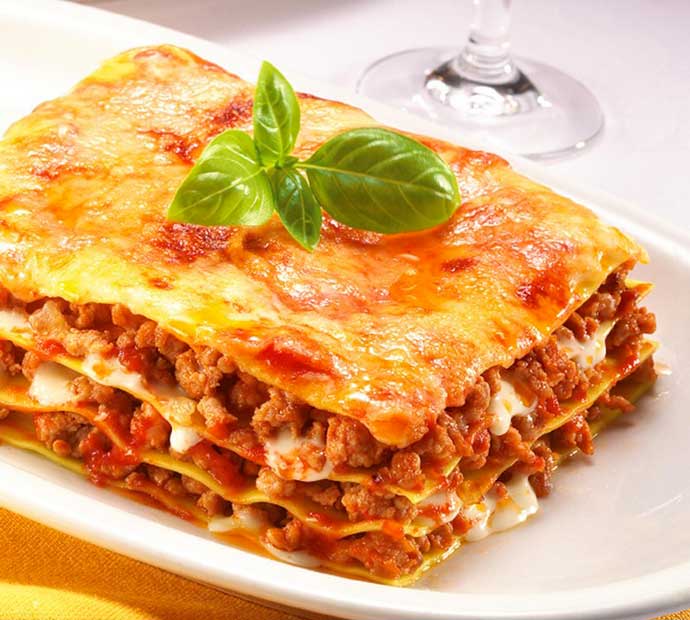
Pasta alla Norcina – Traditional Norcia dish consisting of penne or tagliatelle topped with cream and sausage, fresh truffle and parmesan are sometimes added. In the ancient version, the cream is replaced by sheep’s ricotta diluted with a little cooking water from the pasta.
Gnocchi alla Collescipolana – the famous gnocchi alla Collescipolana, with a more square shape and tougher and al dente consistency than those of classic potatoes from northern Italy, are seasoned with beans and pork sausage sauce are a real delicacy of Terni. This dish takes its name from the hamlet of the Terni castle of Collescipoli.
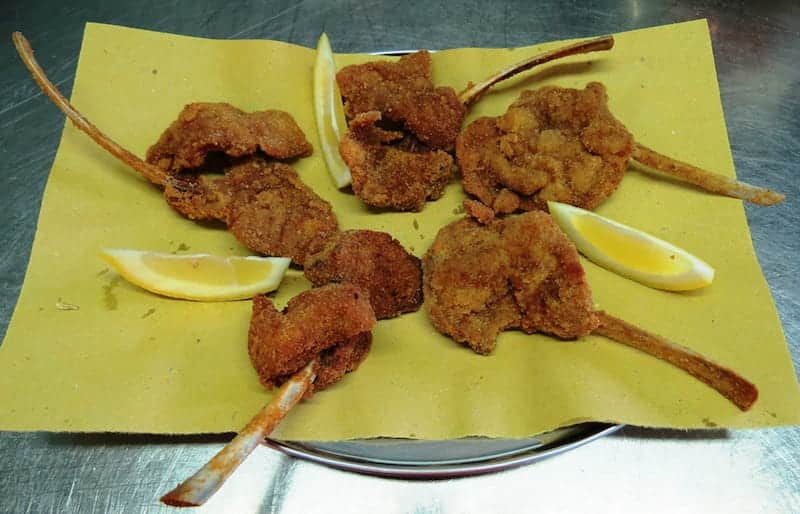
Secondi piatti (main dishes)
Fried lamb – breaded and fried lamb chops.
Coratella d’agnello – stewed in white, with garlic or onion and various flavors.
Friccò all’eugubina – Typical dish of the city of Gubbio, composed of mainly white meats, stewed with tomato and accompanied with Crescia.
Easter omelette (Province of Terni) – Typical Easter lunch omelette, which is seasoned with courgettes, asparagus, wild chicory, sausage and aromatic herbs.
Umbrian Cuisine
Galantine – it is a boneless and eviscerated hen, whose skin is filled with minced chicken and beef, boiled eggs, pepper, cheese, nutmeg and shelled pistachios. The wrapper is then sewn, wrapped with twine for containment and cooked in broth. It is eaten cold, cut into slices.
Snails (Foligno) – the land snails are handpicked and prepared cooked in different ways.
Roasted goose – same method of preparation as roasted chicken, but applied to a goose.
Stuffed roast pigeon (Province of Terni) – traditional preparations involve the use of a whole wild wood pigeon.
Gigeon pigeon (Province of Terni) – the pigeon is roasted on a spit, during cooking the dripping pan is placed under the animal, here the liquid that falls from the pigeon is concentrated and subsequently with this and the entrails of the pigeon itself sauce to be served alongside the roast.
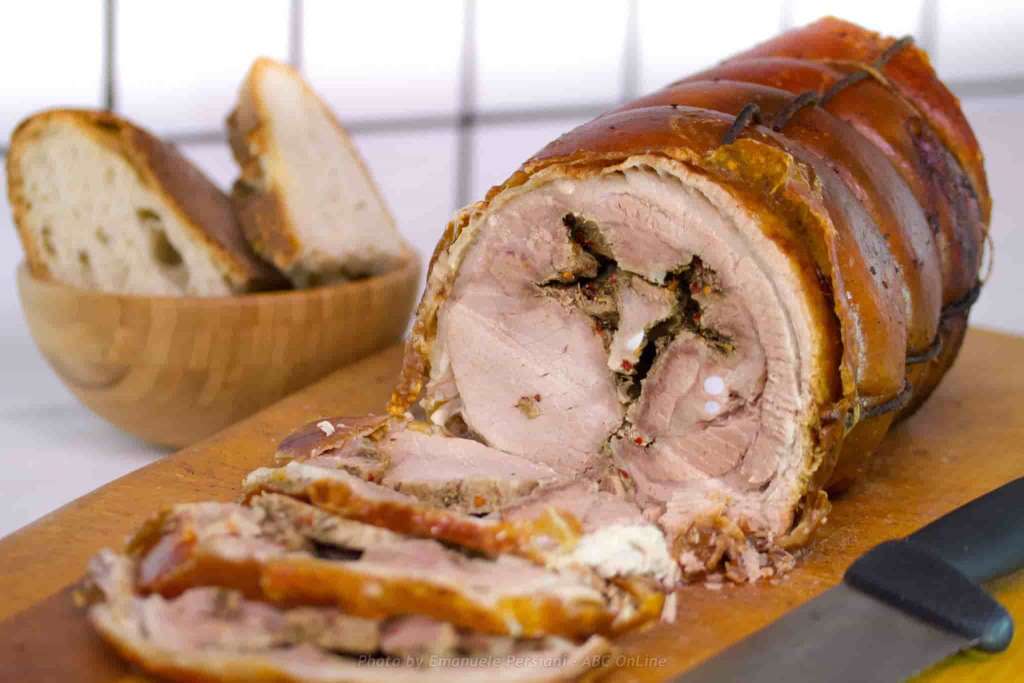
Porchetta – a whole piglet is roasted after being filled with entrails, fennel and aromatic herbs. It is cut into slices and normally eaten, even between meals, in sandwiches (lo paninu co la porchetta): its consumption is favored by the presence of a large number of street vendors who go to the points where the greatest concentration of people is expected (markets, concerts, gatherings, etc.). They generally do not produce porchetta on their own but rather obtain supplies from artisans who prepare it professionally: the best are found near Norcia, the cradle of porchetta, and in the entire province of Terni.
Sausages with lentils – typically Castilian dish, the sausages of Norcia and the lentils of Castelluccio di Norcia are prepared stewed with tomato.
Frog skewers – roasted frogs are typical of the Perugia area of Capanne and are mainly prepared during the annual festival dedicated to them.

Umbrian Cuisine
Umbrian Cold cuts and cheeses
Barbazza – pork cheek.
Smoked guts – pig entrails.
Caciotta – cow’s milk cheese.
Capocollo – cured meat obtained from the pig’s back muscle. After seasoning, it is wrapped in typical oiled paper sheets.

Ciauscolo – spreadable sausage typical of the Marche and Umbria of Valnerina walley and the Folignate mountains bordering the contiguous region.
Cojoni de mulo (Norcia) – sausage with a typical bag shape.
Corallina (Norcia) – sausages prepared with not finely ground meat.
Wild boar sausages (Norcia) – the mixture of these sausages is actually based on pork, but a good percentage of ground boar is added to it.
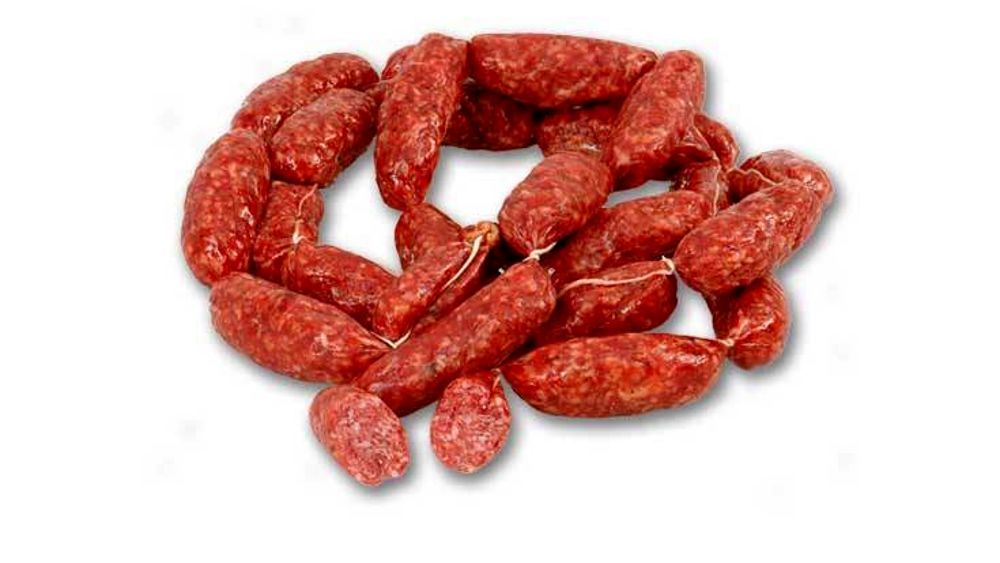
Deer cured meats – staple, morsels, ham and cacciatorini prepared especially in the area of Nocera Umbra.
Loin – similar to the capocollo, but made with pork loin meat. It has a more delicate flavor and an appearance similar to that of bresaola.
Mazzafegati – sausages made from pork meat and liver, stuffed with sultanas and orange peel.
Umbrian pecorino – hard cheese made from sheep’s milk.
Prosciutto di Norcia – is a PGI ham produced in the Norcia area and neighboring municipalities.
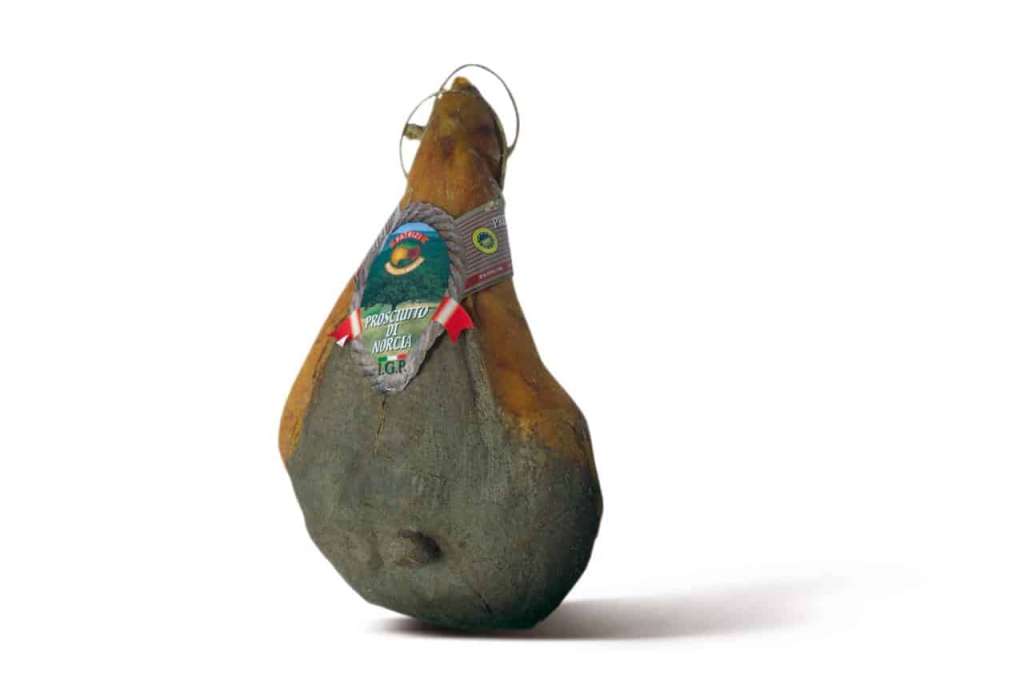
Salted ricotta – the ricotta is aged for a couple of weeks and served grated.
Ventresca – local variant of pancetta.

Umbrian Cuisine
Umbrian Side Dishes
Bandiera – green peppers, white onion and red tomato (reminiscent of the colors of the Italian flag) cut and cooked in a pan with oil and salt.
Grass – various wild field herbs, sorted and boiled, are served to accompany the meat, seasoned with a drizzle of oil and salt.
Lentils – eaten stewed with tomato especially during the Christmas period, they are mainly produced on the Colfiorito plateaus and in the Castelluccio area for which there has been IGP recognition.
Gobbi parmigiana – the leaves of the Artichoke Thistle (Cynara cardunculus L) are used, which is a species of artichoke that is generally harvested in early winter. These are boiled and fried with flour and beaten eggs; cut into strips, they are then arranged in layers in a pan, alternating with bechamel and tomato sauce or ragù. Everything is finally cooked in the oven.

Umbrian Cuisine
Umbrian Desserts
Strufoli – prepared for Carnival, they are cream puffs fried in oil and served sprinkled with plenty of loose honey. More common in northern Umbria, the carnival strufoli are similar to the Castagnole of southern Umbria, they differ from these in their larger size and because they are sprinkled with honey, rather than alchermes and sugar.
Castagnole (Province of Terni) – Sweets prepared for Carnival, similar to the Strufoli of northern Umbria, differ from these in their smaller size and in that they are sprinkled with alchermes and sugar, rather than honey.
Sweet potato donuts – typically prepared in the Colfiorito area with local red boiled and mashed potatoes. It is a recipe with a fairly recent tradition.
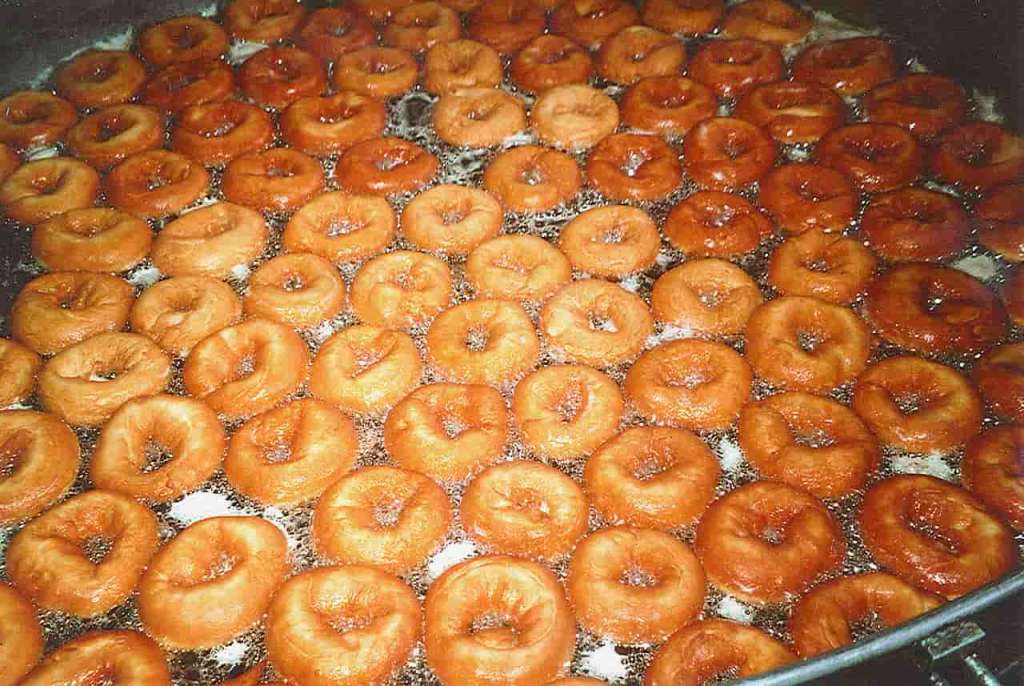
Cicerchiata (mountain around Foligno) – The dessert is based on flour, eggs, butter and sugar. From this, balls of about one centimeter in diameter are obtained which are fried in olive oil or lard. Drained, they are arranged “pile” and covered with honey.
Torciglione (Perugia) – characteristic open donut (i.e. not closed on itself) prepared with a mixture of sweet almonds, pine nuts and sugar. It is traditionally prepared in the form of a snake, wrapped around itself, with a protruding almond to draw the tongue.
Torcolo – round donut made from flour, sugar, milk and yeast.
Torcolo di San Costanzo (Perugia) – it is a donut that is prepared on the occasion of the feast of San Costanzo (29 January), patron of the city of Perugia. The dough is enriched with candied fruit, raisins and anise.
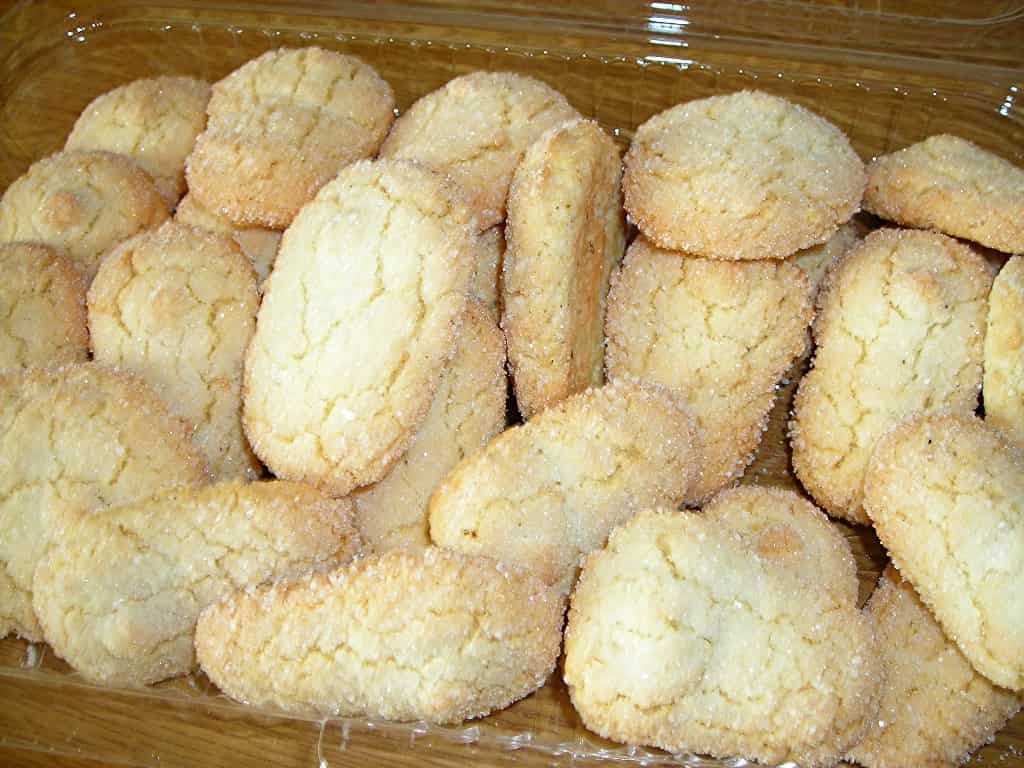
Zuppa Inglese (variations throughout the region) – prepare the Torcolo in very fine slices, wet it in alchermes and arrange it in layers in a ceramic pan. The layers of torcolo are alternated with layers of custard, which also forms the last layer. Everything is decorated with chocolate and sugared silver beads. The dessert should be served cold.
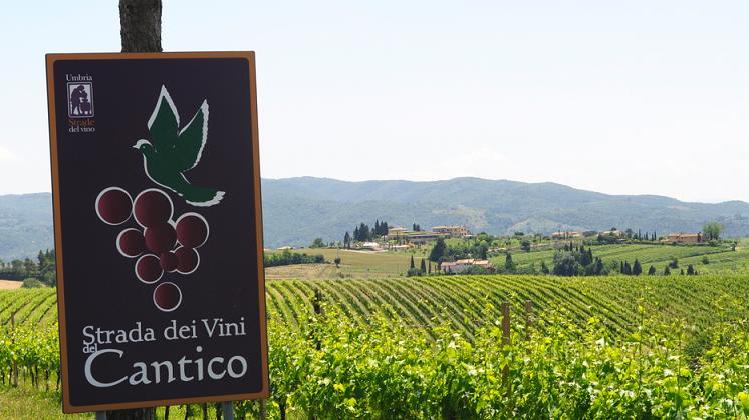
Umbrian Cuisine
Umbrian Wines and spirits
The wines with controlled denomination of origin in Umbria are eleven: Orvieto, Lago di Corbara, Assisi (Grechetto, white, Novello, rosé, red),
Altotiberini Colli(white, rosé, red),
Amerini Colli (white, red, Malvasia) ,
Colli Martani (Grechetto, Grechetto di Todi, Sangiovese, Sangiovese reserve, Trebbiano),
Colli Perugini (white, rosé, red),
Colline del Trasimeno (Cabernet Sauvignon, Cabernet Sauvignon reserve, Gamay, Gamay reserve, Grechetto, Merlot, Merlot reserve , white, Vin Santo white, sparkling white, selected white, rosé, red, sparkling red, Novello red, reserve red, selected red, classic sparkling wine),
Montefalco, Rosso Orvietano, Torgiano (white, red, sparkling wine).
There are two wines with Denomination of Controlled and Guaranteed Origin:
Torgiano Rosso Riserva and Montefalco Sagrantino (Rosso in the Secco and Passito types).
Orvieto constitutes 70% of the DOC wine production of the entire region.
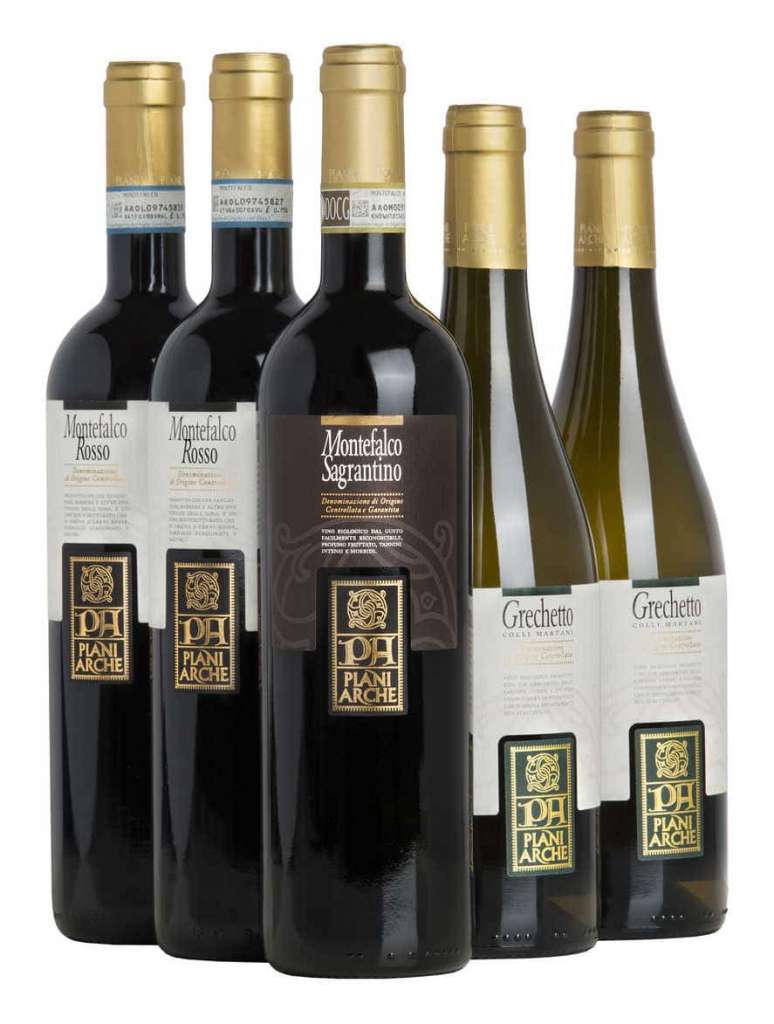
Liqueurs include:
Alchermes – although it is not Umbrian, this red-colored liqueur is used in many sweet preparations.
Amaro al tartufo nero – alcoholic product based on various herbs and an infusion of Norcia black truffle.
Maniere (Perugia) – fermented syrup of the fruit of the strawberry tree.
Vin Santo – wine obtained from the pressing of grapes left to dry for a couple of months, in a dry and well-ventilated place. It is generally prepared in the months of December-January.
Viparo – it is a bitter made in Terni by a single producer, the Morganti family. It is prepared from an infusion of herbs, roots and aromatic woods. The name comes from the Latin Vis Paro, “I generate strength”.

Bread and starchy foods
Arvoltolo (Perugia) – dough made from flour, water, yeast and salt which is reduced to batter and poured into frying over boiling oil, in the form of slightly thick circular cupcakes. After being dried from the oil, the voles can be seasoned with salt or sugar and preferably eaten hot.
Brustengolo or brustengo defferents from Arvoltolo for a more liquid and yeast-free dough. The brustengolo mixture can be seasoned with sausage, or onions or rosemary, etc.
Bocconcello – it is a savory cheese cake, prepared in the past during the harvest and threshing, typical of the countryside
Umbrian cuisine
Pane di Terni – the bread of Terni (together with the Tuscan and the Marche) is traditionally bland, that is, salt is not used in the dough.
Tradition has it that this food tradition dates back to the preparation of bread in the context of the Umbrian sharecropping, with the farmers who self-produced it for their sustenance. Later, with the so-called Salt War, in rebellion against the tax imposed by Pope Paul III in 1540 for the use of this condiment throughout the papal territory, the custom would become widespread and permanent. However, recent research seems to contradict this legend
Torta al testo – it is a mixture of water, yeast, flour and salt which is left to levitate and then cooked on the Testo, that is, a stone disc heated on the embers of the hearth. Cooking is facilitated by placing a metal circle on the crushed dough, which is also covered with embers. It can be assimilated to a thick and wide Romagna Piadina; probably, it derives from a focaccia that was prepared by the Roman soldiers on the Testum, a brick tile. This food is usually consumed with a filling of salami (ham), roasted sausages, or sausages and boiled country grass. More unusual, and recently introduced, the filling with melted chocolate or gianduia cream. This recipe is widespread almost throughout northern Umbria, where it is known by different names
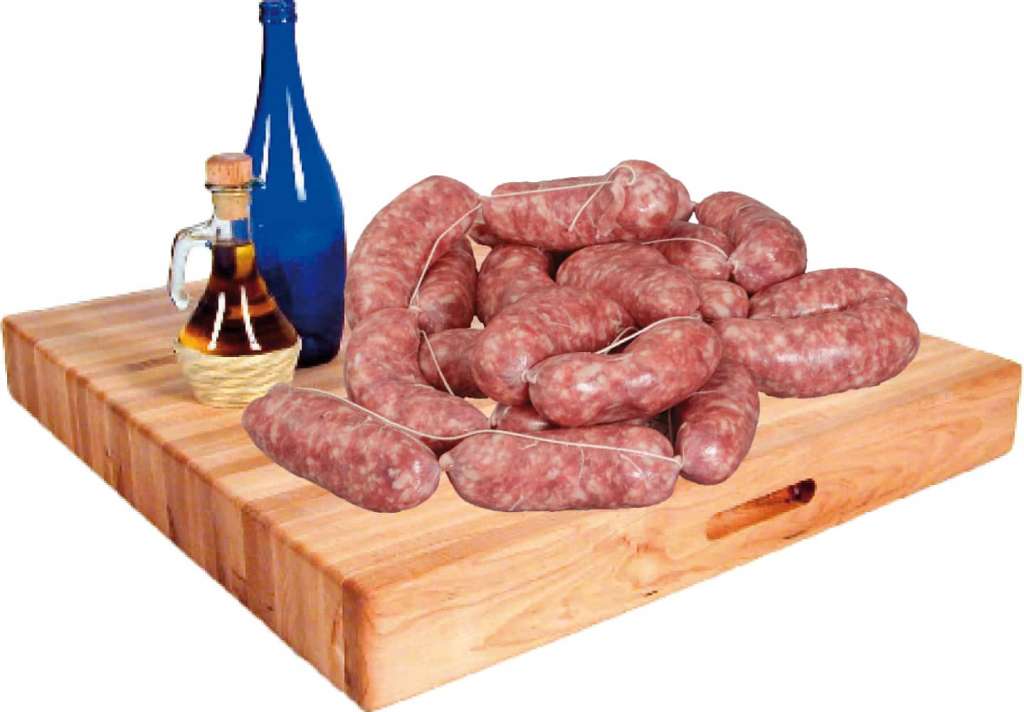
If you liked this article, put a like on my Facebook page
if you want to learn how to make fresh handmade tagliatelle, with the traditional Bolognese Meat Sauce subscribe to one of my classes.
Short class
one-day class
or the new Online Cooking Classes to live a cooking experience directly at your home
See you soon with a new article.
Chef Luigi
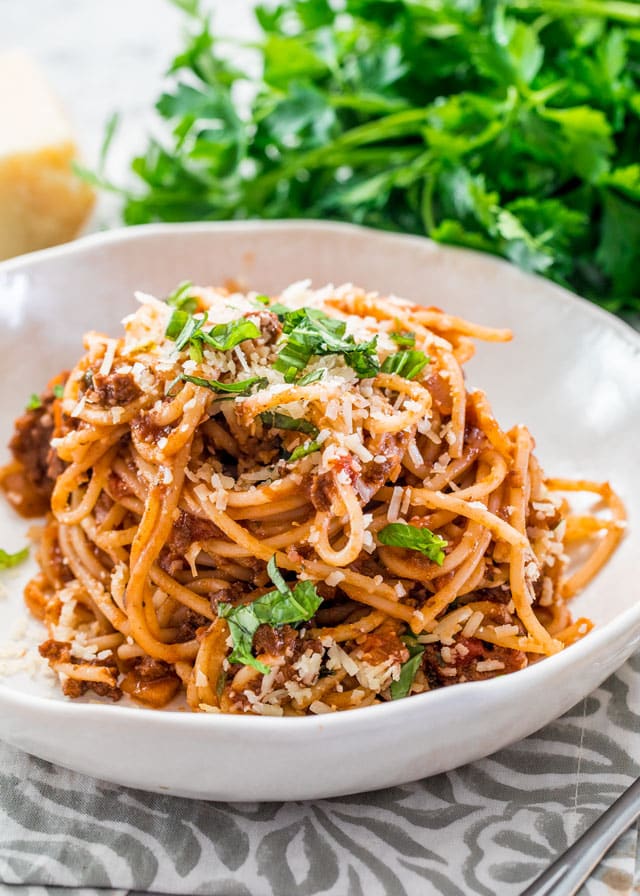
Spaghetti Bolognese is a true gastronomic case, which for years has stimulated a heated debate. Abroad this dish is appreciated and very popular, while in the city of the two towers (Bologna, where Bolognese sauce was born 350 years ago) it is generally considered a culinary blasphemy, in defense of the Tagliatella pasta to be combined with the traditional sauce.

A certain controversy has continued for some time, over the very existence of the dish and the characteristics of the recipe, which has always been offered in different variations.
How to cook the best Spaghetti Bolognese
In addition to denying its historical origins, many consider the combination of Bolognese sauce and durum wheat spaghetti (of Neapolitan origin) to be wrong and unpleasant, which, since it tends to be slippery, would not be able to hold the sauce well. Also for this reason, spaghetti Bolognese are generally neglected by the great Italian gastronomy.
The best Spaghetti Bolognese
But back to us, how do you cook the best Spaghetto Bolognese?
The secret is the sauce, and the sauce, made in Bologna is unrivaled, there are some fundamental points:
1) Have enough time to cook the sauce
To make an excellent Bolognese sauce you need to cook the sauce at least 2 hours, preferably 3 or 4 hours simmering.
2) Do not use tomato sauce, but tomato paste,
the tomato sauce, when you cook it for a long time, becomes acidic, with the tomato paste it remains sweet
3) The sauce should be red / dark brown and not tomato red
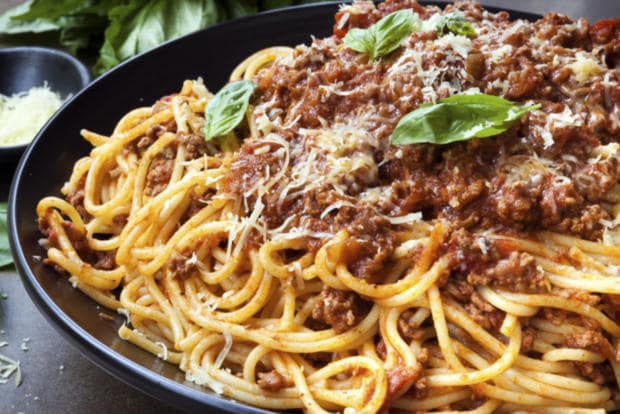
I have already written another article where I explained how to make the best Bolognese sauce and the mistakes to avoid.
But if you really want to learn how to do it, the real Bolognese sauce and how to cook in the right way, I suggest you to take an online class with me, with about 2 hours of class and an affordable price, you can learn how to make the best Spaghetti Bolognese ever.
below the link of the online class
I wait for you numerous
Master Chef Luigi
Marche cuisine
History
The Marche is a confederation of cuisine. Located at the center of the Italian peninsula, it identifies with the ancient Piceno territory (IX – IV century BC), still presenting a plurality of dialects, customs and folklore. The gastronomic uses of the Pesarese and Montefeltro are closely related to those of the neighboring Romagna (soups), as well as the dishes of the last southern strip are largely influenced by those of the Abruzzo region. There are two aspects of the local cuisine corresponding to the geographical characteristics of the region: the hinterland and the maritime one.
Aspect of the Marche cuisine is dominated by mushrooms, the use of olives and truffles. Truffle is the sublime condiment of homemade tagliatelle (local egg pasta), from the localities of Pesarese, dell’Ascolano and of the Maceratese, today it guarantees an important integrative resource to the rural economy thanks to the Acqualagna market, where one third of the entire annual Italian truffle production is concentrated.
The gastronomy of the Marche region, which has a real taste in the field of stuffed foods, has one of the most representative dishes in the Ascolana olives, whose cultivar was already appreciated by the Romans.
The main dishes of the hinterland are based on pork, among which stand out the tasty “porchetta”, and the cotechino of the fortress of San Leo, which is said to have also eaten Cagliostro when he was locked up.
On the coast of the Marche instead you can taste a large quantity of fish products. Dish symbol is the “fish broth”, interpreted differently in each port, from the red (tomato) of the Pesarese to the yellow (saffron) dell’Ascolano. In use between the Conca river (Romagna border) and the River Tronto (before the Abruzzi) there is a “potacchio”, deriving from the French “potage”, that in this area it does not designate a soup but a small marinated sauce with stockfish, chicken or rabbit.
Marche cuisine
Appetizers
The typical antipasto of the region is cold and can be composed of a wide variety of local meats and cheeses such as the salami of Fabriano, the salamini alla cacciatora, the ham, the ciauscolo (typical salami), the loin, the ham of Carpegna, the ciarimbolo, the mazzafegato, the galantine, the migliaccio, the salame of sheep, the aromatized ham of the Montefeltro, the salami suppressed of Frattula, the liver sausage, the cheese of fossa (cheese seasoned in cave), the pecorino in barrel, the raviggiolo and the casciotta d’Urbino).
The meats and cheeses are accompanied by the mixture of bread dough and round shape to eat with the field herbs cooked in a pan including chicory. In addition, especially during Easter the Easter pizza, with salty and leavened dough, in the shape of panettone and with chunks of cheese, usually pecorino and parmesan; on Easter day there is usually no hard boiled eggs along with meats and cheeses.
Marche cuisine
First dishes
Sovrano of the first macerates and anconitani dishes are the Vincisgrassi (plate similar to lasagna); Tradition goes back to its name to a distortion of that of the Austrian general Windisch-Graetz, who fought against Napoleon: however, it is a fact that the plate was already present in some books of recipes of the 1700s, where they were called Princisgras.
Other traditional soups from the Ancona area and the Ascoli area are less opulent: the quadrucci with the potatoes (or the beans, or beans and pork rinds), the Pecianelle of Sassoferrato (big leavened spaghetti with tomato sauce).
the Frescarelli (lumps of flour cooked in water and seasoned with garlic and pecorino cheese). The bruschetta and panzanella are popular bread-based dishes in the Marche region as well as in Tuscany, Umbria and Lazio. To remember also passatelli, homemade pasta originally from Pesaro, usually served in broth. In the Fermano are produced the “maccheroncini di Campofilone”, seasoned as you like.
Marche cuisine
Main courses
Among the main dishes of the center of the region we should mention the pork in “porchetta”, the tripe, the roast chicken (that is flavored with a thick slice of lard), the chicken with peppers, the marinated lamb, the lamb corate and the omelette with mint (typical dishes of the Easter period).
Typical of the capital are the stockfish in Ancona soup, with tomato, anchovies. Famous is the fried all’ascolana, consisting mainly of Ascolan olives (stuffed with meat, breaded and fried) and cremini (cubes of custard, breaded and fried).
typical of the Pesarese is a braised one that throws its origins more than one hundred years ago … the pasticciata alla pesarese, consists in a loin of veal browned, cut into slices then cooked in a tomato sauce.
It is usually accompanied by mashed potatoes and mixed herbs in a pan.
Marche cuisine
Desserts
For desserts we remember the so-called black pudding, from the flavors and techniques of the renaissance (around the 1500s), consisting of a mixture of bread crumbs, honey, rum, cinnamon, sapa (grape syrup) and orange peel crammed into pork casing and boiled for half an hour; also the nougat has a long and illustrious tradition here. The traditional Frustingo is a dessert made with dried figs, honey and citrus peel; it is prepared throughout the region and is typical of the Christmas holidays. The “Zuppa Inglese” is also widespread.
Do not forget the typical Christmas bread with walnuts, cooked in a wood oven and obtained from the traditional bread dough with the addition, given the special festive occasion, of dried figs, raisins, walnuts and pepper;
In the area of Apiro and Cingoli you can find the “cavallucci”, small cakes filled with figs and chocolate. Also throughout the region are the “maritozzi” a dough of sweet bread with raisins and aniseed with a layer of glaze, the “sweet peaches” or two halves of shortcrust pastry, soaked in the Alchermes liqueur and filled with chocolate,
Marche cuisine
List of Marche wines
Wine with Denomination of controlled and guaranteed origin (DOCG)
Conero produced in the province of Ancona
Offida (white and red) produced in the province of Ascoli Piceno
Verdicchio dei Castelli di Jesi riserva produced in the province of Ancona and Macerata
Verdicchio di Matelica riserva (white), produced in the municipalities close to that of Matelica in the provinces of Ancona and Macerata
passito Verdicchio of Matelica, passito
Verdicchio di Matelica, sparkling wine
Vernaccia di Serrapetrona, produced in the province of Macerata
Vernaccia di Serrapetrona, sparkling wine
Marche cuisine
List of Marche wines
Wines with Controlled Designation of Origin (DOC)
Bianchello del Metauro produced in the province of Pesaro-Urbino
Colli Maceratesi produced in the province of Macerata
white Colli Maceratesi
Colli Pesaresi produced in the province of Pesaro. Accompanied or not by sub-areas: Focara (for types: red, Pinot noir), Monte San Bartolo Natural Park for types: Sangiovese, Cabernet sauvignon), Roncaglia (for typologies: white, Pinot noir). Permitted: use of the Vigna mention
Colli Pesaresi white
Red Colli Pesaresi Focara
Colli Pesaresi Roncaglia white
Colli Pesaresi red
Esino produced in the provinces of Ancona and Macerata
Esino White
Sparkling Esino
Esino red
Falerio dei Colli Ascolani produced in the province of Ascoli Piceno
The lands of Sanseverino produced in the province of Macerata
Lacrima di Morro or Lacrima di Morro d’Alba produced in the province of Ancona
Offida produced in the province of Ascoli Piceno and Fermo
Rosso Conero produced in the province of Ancona
Pergola produced in the municipality of Pergola and in some neighboring areas
Rosso Piceno produced in the provinces of Ancona, Ascoli Piceno and Macerata
San Ginesio
Verdicchio dei Castelli di Jesi accompanied or not from the sub-zone: classic, allowed: the use of additional geographical indications; produced in the provinces of Ancona and Macerata
Verdicchio of the Castelli di Jesi classic
Verdicchio dei Castelli di Jesi superior classic
passito Verdicchio dei Castelli di Jesi
Verdicchio dei Castelli di Jesi sparkling wine
Verdicchio di Matelica produced in the provinces of Ancona and Macerata
If you liked this article, done a like on my Facebook page
if you want to learn how to make fresh handmade tagliatelle, with the traditional Bolognese Meat Sauce subscribe to one of my classes.
Short class
One-day class
or the new Online Cooking Classes to live a cooking experience directly at your home
See you soon with a new article.
Chef Luigi
The Best Cooking Classes in Bologna: A Review of Our Experience
Italy
Finding out that the charming city of Bologna is known as the culinary capital of Italy was music to my ears. We had already decided that we would be staying in this beautiful place for one whole week so when we came across this fact, that pretty much set our plans for our time there: our new aim was to partake in as many food-related activities as possible!
One of the best insights you can have into a culture is learning how to make traditional dishes and when it comes to Italy, you can’t get more traditional than the way they cook. This led us to kick off our week with an Italian cooking class and it was by far one of the best experiences that I’ve ever had.
Bologna Cooking Class with Luigi
Turns out, cooking classes were BIG in Bologna (no surprise really as the culinary master of the country), but with so many options it was quite overwhelming. That was until I took a look at the classes on Tripadvisor
Adventure in You has worked in multiple destinations and have nothing but good reviews for their classes so I didn’t need much convincing. With an extremely easy to Booking, it wasn’t long before I had narrowed down our choices based on what we were interested in and what would work with our schedule.
It was a difficult choice (mainly because we wanted to do everything and eat everything), but we finally decided to go with the extremely popular One-day Class in the Center of Bologna with a Market Tour.
Not only would this class teach us how to make the iconic tagliatelle and tortelloni pasta that Italy are so famous for, but with the market tour, we thought that it would also give us a great introduction to the foodie city of Bologna.
Bologna Cooking Class with a Market Tour
On our first day in Bologna, we wandered the quaint narrow streets of the city taking in as much of the culture as we could before heading to our meeting point at 3:30 PM. It was here at the Center near the statue of Ugo Bassi, that we met our local host Luigi and a couple that was joining us on the tour and cooking class.
Straight away, I felt completely at ease with Luigi. Not only was his enthusiasm and friendliness palpable, but I also got a sense that this is what he lived for, to share his passion for food with others. I was already extremely excited and he began the tour with a quick brief on where we would be going and what delights we would be cooking (and eating!).
The Market Tour
What better way to start off an Italian food experience than with the buzz from an espresso? First up was a double espresso from Filicori Zecchini, an Italian café franchise synonymous with high-quality coffee, Bolognese history, and family since 1919.
Although I’m not a coffee drinker, it was great to experience life like an Italian in the afternoon and with a few teaspoons of sugar, the coffee even tasted good too. Situated in a sweet indoor area with a few local cafés and communal seating areas in the middle, we sat for a few minutes and got to know each other.
Now that we had our kick start to the tour, Luigi took us on a brief walking tour of the city past the Mercato di Mezzo (Market in the Middle) towards Mercato delle Erbe (Market of the Herbs). This was where we would be buying some of the ingredients for our cooking class.
The Market Tour
I can safely say that this was by far my favorite part of the tour and not just because we ended up with gelato at the end of it! Walking through Mercato delle Erbe, we were surrounded by a kaleidoscope of colors, the smells of fresh fruits and vegetables, and the sound of locals laughing and teasing each other.
Immediately, you knew that this was purely a local’s spot and Luigi confirmed that for me by knowing each person on each stall personally. We visited two stalls in the market, one that Luigi recommended for buying balsamic vinegar and sun-dried tomatoes and another for the fresh fruit and vegetables.
While in this market, we learned so much about these local ingredients, especially balsamic vinegar and why their age is proudly presented on the bottles, and we also learned a lot about the culture. On the second stall, was a lovely woman who Luigi claimed was the ‘love of his life.’ Obviously, we didn’t understand the whole interaction as it was in Italian and unfortunately, I don’t speak it, but you could tell that it was all in good humor.
The Market Tour
Luigi did tell us snippets of the conversation, however, as he was professing his love and she was having none of it, and we also found out that the locals have lunch together every day and help each other out if they are looking for something particular for cooking or for a customer. This, for me, was the best insight you could get into Italian culture and how food is often at the center of it.
As well as the market tour being highly entertaining, we did buy our herbs here for the dinner and we ended it with a quick visit to a place that sells the best gelato in the whole of Bologna! At this point, I didn’t know any better, but after trying a lot of gelato places throughout my week here, I can confirm that this place is definitely a contender for first place.
Walking through some of the most picturesque areas in Bologna, Luigi gave us a full rundown of the city’s main sites and rattled off some interesting facts about the life here and how it has evolved over time. With that in mind, we then stopped off at a local Salumeria to buy the meats and Parmigiano for our class
Here, we learned about the different ages of the Parmigiano cheese, how the cheese that has been aged longer is better to eat alone while the younger cheese is used to sprinkle on top of a finished dish. Again, we also got a unique insight into how Italians buy their ingredients from local, specialist places and just how well everybody knows each other.
The Market Tour
Our last stop before the cooking began was at the oldest bar in Bologna, Osteria del Sole. Here, where they sold only alcohol and no food which was typical of all osterias back in the day, we wet our whistle with the local wine. It was sitting here enjoying the crisp sparkling white wine with a few other locals that I realized how much I loved this relaxed way of living.
Every occasion seemed to involve food and/or coffee or wine
where people actually sat and talked and enjoyed
each others company without feeling the need to rush anywhere else.
This simple social interaction is missing in a lot of other countries and I drank in the feeling that we were just a group of friends hanging out. We talked and laughed and we didn’t rush, but when the bottle of wine came to an end, we set off towards Luigi’s home for the real fun to begin.
The Cooking Class
Stepping into Luigi’s humble abode, my initial impression was how homely it felt. A rectangular flat that stretched out in front of us, we could see into the kitchen where chefs hats and aprons were laid out ready for us and I was immediately filled with a rush of excitement.
As the menu was all agreed beforehand, Luigi reminded us of what we would be making and explained that there were two elements to Italian cooking: one, they use the freshest local ingredients and two, they use the simplest of cooking methods. Now, from taking this class with him and the beauty of hindsight, I can say with confidence that their methods aren’t easy.
Yes, they are simple in the sense that they are steeped in tradition and they still use the same 4 or 5 ingredients to make most pasta dishes from scratch, but I can safely say that their methods take a lot of skill and practice to master the art of Italian cooking
Our Menu:
- Appetizer: cold cuts and piadina (flatbread)
- First course: tagliatelle al ragù bolognese and tortelloni
- Second course: beef slices with rocket salad
When confirming the cooking class, we could decide between a range of combinations such as Appetizer-First Course-Dessert or First Course-Second Course-Dessert etc, but we went for the menu above. If you want to go for one of the options that have a dessert, it will most likely be creamy Tiramisu.
The Cooking Class
So, the four of us were standing in Luigi’s flat, hands washed with our hats and aprons on and we were all ready to go. Let’s just say that Luigi really did put us to work! Although there was four of us, we all got to be very hands-on and have our turn at being the protagonist of the lesson which I loved, and first up was preparing the ragu. As this incredibly delicious meat sauce had to be cooked for a minimum of 3 hours, we all worked together to combine all of the ingredients and had it boiling away in no time. Next, was the pasta.
For the next hour, the four of us stood in our little cooking area kneading away at the dough until it was at the exact consistency that it was meant to be. This took up a lot more time and elbow grease than you would think so by the time it was ready to be wrapped and left to sit for a while, there were no complaints.
While we waited for the dough, we quickly made the filling for the tortelloni which was a heavenly mixture of ricotta, Parmesan cheese, nutmeg, and chopped parsley. We even made up another dough ready for a delicious flatbread!
The Cooking Class
Once the velvety dough was ready to be used again, we took in turns to pass our dough through the pasta machine not once, not twice, but six to seven times! It was fascinating seeing this sheet of pasta get longer and longer and thinner to the point where you could see through it. It got to the point where two of us had to handle it together so that one person could guide it across the table as it stretched even longer.
Once our respective doughs were giant sheets, the dough was either passed through the pasta machine again to cut it into the tagliatelle strips or we manually cut it into squares, grabbed some filling and Luigi showed us the art of folding a tortelloni.
Long story short, we all spent a lot of time genuinely trying our hardest but none of us were able to fold a tortelloni as fast and as perfect as Luigi did. It was truly an art form using just your index fingers and thumbs and no matter how delicate I tried to be, mine came out looking quite peculiar or so small and deformed that you felt quite sorry for it.
The Cooking Class
After all of the chopping and kneading and mixing and folding was done, the rest of our time was made up of cooking and eating (my favorite!). By this time, when we were adding the pasta into the boiling water, the air was filled with rich aromas from the ragu and I was officially starving. It didn’t take long at all to cook the pasta and the ragu had been simmering along nicely in the background for the last three hours, so now was the time to sit down with a glass of wine and dinner was served!
No more did we have to get teased by the flavors and smells, we could finally sit down and eat and what a feast it was. We all chatted excitedly as we anticipated the food but once we started to eat, it quickly became silent except for the occasional ‘mmm’ around the table. That’s when you know you’ve made good food.
Overall thoughts on our Bologna Cooking Class and Market Tour
Sitting around the table sharing food family-style, drinking wine and laughing together, I realized that what I loved most about this experience was the intimacy. Any more than 4 people and I think that it would have been too much, but this size group was just right.
Luigi was also a big reason if not the main reason why we all had such a great time as well. His passion and enthusiasm for food were infectious and he filled the whole evening with tales about Bolognese history and food and, of course, Italian cuisine. He was the type of person that you could sit and talk with for hours but alas, we had to go home at some point.
Overall thoughts on our Bologna Cooking Class and Market Tour
Ultimately, we were ecstatic with our cooking class of choice through Luigi’s website and it truly made our trip to Bologna. When leaving Luigi’s, we left with a promise from him that he would send us the recipes for the delicious food that we had made and we left with a promise that we’d send him pictures of our attempts. He made it quite clear that he would be very honest if they looked rubbish but I am pleased to say that each re-creation has been amazing so far!
After eating so much that we could barely walk back to our apartment, I have had dreams of that slow-cooked meat masterpiece ever since. I continue to marvel at how such a small amount of ingredients can make such a mouthwatering dish, but when it comes to buying fresh local ingredients from the local market and cooking with a professional chef, turns out you can’t go far wrong.
If you want to book this particular class, click the buttons below to see details, read reviews, and more.
One-day Class in the Center of Bologna with a Market Tour.
Tuscan cuisine
The Tuscan cuisine consists mainly of traditional dishes and sweets that have kept their preparation unchanged for many years.
Bread without salt is a custom that few other regions have adopted (like Umbria). It seems that the custom dates back to the twelfth century when, at the height of the rivalry between Pisa and Florence, the Pisans put in practice high prices to the precious sodium chloride. There is also a hypothesis that says that the same lords of Florence were to impose particularly high taxes on the use of salt.
In Tuscany, the sacredness of bread, or the importance of not throwing it away but of using it even when it is stale, is evidenced by a long series of ancient recipes that are still widespread: Panzanella, Panata, Ribollita, Acquacotta, the Pappa al Pomodoro, the Fettunta, the vegetable soup, the Farinata, the Cabbage soup or the Pan co ‘santi.
Another characteristic of Tuscan cooking is the use of white meats and game. The products of the farm hive, where free-range chickens, turkeys, geese, guinea fowl and pigeons graze together with rabbits and game like hare and wild boar, pheasant and porcupine have always been the menu of big parties during the Middle Ages . The pork is also very used, just think of the famous Tuscan salami, finocchiona, ham preserved in salt, lardo di Colonnata sausages and special products such as the buristo also the result of the ingenuity of the poor people.
Among the cheeses, the tradition focuses on Tuscan Pecorino, as a product to be conserved: the most famous ones are Pienza and Maremma; while we find Ricotta and Raveggiolo among soft cheeses.
Finally, great space for desserts, where the Panforte, the Ricciarelli, the Cavallucci, the soup of the Duke, the cake of Cecco, the Migliacci, the Cantuccini of Prato.
Tuscan cuisine
Tuscan cuisine during the time
The Tuscan cuisine is characterized by the evident lack of homogeneity and by the radical divergence of recipes and culinary traditions, especially with respect to the territory of belonging and family tradition, so that some families paradoxically know more non-Tuscan dishes, which dishes of different provinces: in the center -sud of Tuscany, for example, few know the “Farinata di cavolo nero” typical of the north-east and of the coast, where it is called “Bordatino”; at the same time, although many Florentines traditionally go on holiday in the areas of Viareggio and the island of Elba, they often ignore the existence of dishes such as Cacciucco at Viareggina or Gurguglione
Tuscan cuisine presents a radical dichotomy between traditional folk dishes and dishes of courtly creation: while the former have remained, though varying over time, the latter, those of the courtly tradition, have mostly disappeared or find very weak space in the current Toscany cuisine ; between these two traditions, only in the last centuries has the cuisine of the middle class found space, which is distinguished by the use of poultry meat or game.
Direct consequences of this are the undisputed “Tuscanity” attributed to poor dishes (often consisting of only vegetables) from Tuscany (such as Ribollita) or even central Italy (such as Panzanella), as well as the systematic use of wet old bread as a surrogate for meat; the disappearance of noble dishes such as Cibreo or Ginestrata (a sort of egg yolk soup mixed with sugar, whipped egg whites, dried Vin Santo, cinnamon, nutmeg and chicken broth, considered tonic, aphrodisiac and constituent) and the spreading out of the local area of origin of dishes such as Paté di Fegatini (an invention by Caterina de Medici);
finally, the increasingly important employment in rural or rural areas of white meat, typical of a well-to-do middle class, without a specific baggage of recipes, present in other regions (Ligurian rabbit, Abbacchio, Pajata …) opposed to the systematic and isolated employment meat in the city areas, where the middle class had long been developed (examples are the Florentine tripe or Lampredotto sold almost exclusively in Florence street)
Tuscan cuisine
Tuscan cuisine on the Tuscany provinces
As already mentioned, the Tuscan cuisine differs considerably from the coast to the inland; in fact, dishes such as Caldaro or Cacciucco are only sporadically cooked in the inland; while the game is used in the rural areas of the province of Siena, the upper Val d’Arno , nell’Aretino, and secondly in Garfagnana and Lunigiana; the exceptional growth of the wild boar population has allowed all of its preparations to be used almost everywhere.
Freshwater fish are in the same paradoxical situation as poultry: present in the last centuries in the tables of the poorest and least developed areas, they do not have their own culinary tradition: the Valdelsa has, for example, an in-depth fishing tradition of river, but not an equally thorough cuisine, and the area of Lake Chiusi is famous for Brustico
Consumed by the poorest of the population, especially Jews, they owe to them the almost omnipresent method of cooking “alla mosaica” (stewed in tomato sauce with garlic, today we tend to call them in the style of Livornese or Pizzaiola with the addition of capers and oregano, not to confuse them with another Hebrew recipe, which includes pine nuts and raisins
an Aretine variant is made up of the Giovese eels (ie dipped in a tomato sauce over a sauté of aromatic herbs, a typical recipe by Giovi)
Meat in Tuscan cuisine
Pork
The families of the middle and lower classes, even if they live in the city, towards the end of November and early December went to farmers, acquaintances or relatives to cross the pig according to tradition. The pig, a gelding from 180 to 220 kilos, is slaughtered to have a supply of food for the whole winter and part of the spring. This is because in Tuscany, as in many other parts of the country, the meats selected and treated with salt, pepper and other spices are kept hanging on a hook in fresh and dry environments.
In this way they are seasoned:
Tuscan ham
Tuscan salami
Salciccia from Serbian
Pancetta, the pancetta spread is also called Alano and Rigatino
Capocollo
Finocchiona
As a costume we try to use the maximum without throwing away anything of the pig, for example, the guts were turned over and cleaned to put sausages, today they are used for sausages films for food as we commonly find on the market
Gastronomic excellence is considered the meat obtained from Cinta Senese pigs. It is a pig breed bred in the wild and semi-wild on most of the territory of the province of Siena, in the southern part of the province of Florence and in the northern part of the province of Grosseto. The breed is recognizable by the characteristic band around the neck that distinguishes the animals, differentiating themselves clearly from the remaining color
Tuscan cuisine
The beef
Chianina and Maremmana cows
The Chianina cow and the Maremmana cow are types of beef obtained from the respective animals that are bred in the wild or semi-wild, respectively in the Val di Chiana, Valtiberina, Casentino and in the Maremma.
Both are considered of excellent quality, although with different characteristics due to the different territories in which they graze, they lend themselves well to the Florentine steak, where however is perceived the greater natural flavor of Maremma meat compared to Chianina: for this reason, while Chianina is favorite for the classic steak, the Maremmana is mostly used in the preparation of stews and braised.
Tripe and Lampredotto
A recipe, Florentine tripe, sees the use of entrails of adult bovine in the preparation of one of the most famous second courses typical of Florence. Tripe is also used in the preparation of other recipes that differ locally.
Equally known is the Lampredotto specialty.
The game
The game is very popular in Tuscan cuisine: almost always present in taverns and traditional restaurants of the inland, it is omnipresent in the Arezzo area and in eastern Grosseto because of the high presence of wild boar. In familiar contexts it is reserved for important occasions, usually procured by relatives hunters; and is used in the preparation of first courses (pappardelle with wild boar, or mixed game ragout)
Or main dishes (wild boar and stewed hare, in the oven or in the pan) and unique dishes (stew, usually “alla cacciatora”: stewed with tomato and chilli). Typical restaurant dishes are steaks of wild boar, and wild boar in sweet (with dark chocolate) in addition to the related meats; pheasant (which is now more bred than hunted) usually roasted; the various ragouts of hare, fallow deer, and roe deer. The pigeon or the dove are more and more rarely consumed, and so is the porcupine.
Tuscan cuisine
Wines of Tuscany
Denomination of Controlled and Guaranteed Origin (DOCG)
Brunello di Montalcino (Red in the normal and Riserva types) produced in the province of Siena
Carmignano (Red in the normal and Riserva types) produced in the province of Prato and Florence.
Chianti (Red in the normal types and reserve produced in the provinces of Arezzo, Florence, Pisa, Pistoia, Prato and Siena, with the possible indication of the sub-zones
Montecucco Sangiovese produced in the province of Grosseto
Morellino di Scansano (Red in the normal and reserve types) produced in the province of Grosseto from the 2007 harvest
Vernaccia di San Gimignano (White in the normal and Riserva types) produced in the province of Siena
Vino Nobile di Montepulciano (Red in the normal and Riserva types) produced in the province of Siena
Verduzzo (typical Tuscan, high quality)
Denomination of Controlled Origin (DOC)
Ansonica Costa dell’Argentario produced in the province of Grosseto
Bianco della Valdinievole produced in the province of Pistoia
Bianco dell’Empolese produced in the provinces of Florence and Pistoia
Barco Reale di Carmignano or Barco Reale produced in the provinces of Florence and Prato
White Pisano di San Torpè produced in the province of Pisa
White Virgin of Valdichiana or Valdichiana produced in the provinces of Arezzo and Siena
Bianco di Pitigliano produced in the province of Grosseto
Bolgheri produced in the province of Livorno
Candia dei Colli Apuani produced in the province of Massa-Carrara
Capalbio produced in the province of Grosseto
Colli dell’Etruria Centrale produced in the provinces of Arezzo, Florence, Pisa, Pistoia, Prato and Siena
Colline Lucchesi produced in the province of Lucca
Cortona produced in the province of Arezzo
Elba produced in the province of Livorno
Montecarlo produced in the province of Lucca
Monteregio di Massa Marittima produced in the province of Grosseto
Montescudaio produced in the provinces of Livorno and Pisa
Morellino di Scansano (Red in the normal and Riserva types) produced in the province of Grosseto up to the 2006 harvest
Moscadello di Montalcino produced in the province of Siena
Orcia produced in the province of Siena
Parrina produced in the province of Grosseto
Pomino produced in the province of Florence
Rosso di Montalcino produced in the province of Siena
Rosso di Montepulciano produced in the province of Siena
San Gimignano (Red in the normal types, Riserva and Novello) produced in the province of Siena
Sant’Antimo produced in the province of Siena
Sovana produced in the province of Grosseto
Terratico Bibbona produced in the northern part of the province of Livorno
Val d’Arbia produced in the province of Siena
Val di Cornia produced in the provinces of Livorno and Pisa
Valdichiana produced in the province of Siena
Vin Santo del Chianti produced in the provinces of Arezzo, Florence, Pisa, Pistoia, Prato and Siena
If you liked this article, put a like on my Facebook page
if you want to learn how to make fresh handmade tagliatelle, with the traditional Bolognese Meat Sauce subscribe to one of my classes.
Short class
one-day class
or the new Online Cooking Classes to live a cooking experience directly at your home
See you soon with a new article.
Chef Luigi
The 10 most famous Italian cold cuts in the world
Italy produces more than 250 different types of could cuts and sausages, some well known and widespread other less known, more niche, but equally worthy of attention and of course a taste.
And a good part of the national production of salami is sold abroad, a sign that in the rest of the world the Italian excellence of the sector is appreciated and requested.
But which are the most famous could cuts?
Parma Ham
First of all the Parma ham, the one with a characteristic sweet taste, produced by about 150 companies in a decidedly restricted geographical area located in the eastern part of the province of Parma. The whole process, from breeding pigs to hams, is performed according to the indications of the Consortium that grants the branding.
Now you can have online cooking classes with me click here for more info
Mortadella di Bologna
Remaining in Emilia, we can not fail to mention the Bologna Mortadella, the only one on the market that has obtained the PGI (Protected Geographical Indication) mark. It is a sausage of pork, cooked, pink and often flavored with pistachios.
they produce various sizes, and you can get up to 300 kg, but the record is a whole mortadella of 921 kg
Coppa di Parma
The Coppa di Parma is a salted pork meat, very salty and spicy, which is aged for a minimum of 60 days. Despite its name, its production is not limited to the Parma area alone, but also includes the Emilia provinces of Piacenza, Reggio Emilia, Modena and the Lombardy provinces of Mantua, Pavia, Cremona and Lodi.
The 10 most famous Italian cold cuts in the world
Salame of Felino
the Salame of Felino takes its name from the town in the province of Parma where it originated (Felino), but it is also produced in some neighboring towns, such as, for example, Langhirano. It is a product that has obtained the PGI (Protected Geographical Indication) mark and is made from the processing of pure pork, 70% combined with lean cuts and the remaining 30% with fat. Once seasoned and brought to the table, it is sliced diagonally, thus obtaining oval slices much larger than the diameter of the salami itself.
Bresaola della Valtellina
The Bresaola della Valtellina is recognized by the PGI brand and is produced exclusively in the province of Sondrio with selected beef that undergoes a special process of salting and aging. It is excellent seasoned with oil and lemon or combined with flakes of parmesan.
Culatello di Zibello
The Culatello di Zibello is a very fine salami, recognized by the DOP (Protected Designation of Origin) mark and is listed among the Slow Food Presidia of Emilia Romagna.The Culatello is guaranteed by the homonymous Consortium that has circumscribed the production area and has defined both the processing methods of pork, and the production period that must fall within the coldest period, between October and February, when the valley is shrouded in fog.
Soppressata di Calabria
The Soppressata di Calabria is a product that bears the DOP (Protected Designation of Origin) mark and is obtained from coarsely chopped pork to which salt, pepper, fennel seeds and lots of chilli are added. It is this last ingredient that gives the product the classic red / orange color.
Pancetta di Piacenza (pork belly)
The Piacenza pork belly, also awarded the DOP mark, is a typical Emilian salami, produced with pork with a high percentage of fat, combined with salt and spices. The cut is of two colors: the bright red part of leaner meat and the shiny white part of fat meat.
Cinta Senese salami
The Cinta Senese salami is a typical salami of the Tuscany region, produced using the meat of a particular breed of pigs (the Cinta Senese, in fact), so called for a strip that crosses their coat of different color, and seems to encase them as a belt. It is a very tasty salami, with an intense flavor and definitely more expensive than other products normally present on the market.
Lardo di Colonnata
The Lardo di Colonnata, produced exclusively in the homonymous village located on the Apuan Alps in the province of Massa Carrara, is a very particular salami. It is produced using pork, salted and spiced pork lard, which is then left to age for 6/10 months in special white Carrara marble basins that are first rubbed with garlic.
The basins maintain within them a particular temperature and humidity that give at this seasoned product unique and inimitable characteristics.
if you liked the article, and you want to learn how to make fresh handmade tagliatelle, with the traditional Bolognese Meat Sauce subscribe to one of my classes.
Short class
one-day class
or the new Online Cooking Classes to live a cooking experience directly at your home
Visit my facebook page
See you soon with a new article.
Chef Luigi

